Inspired by one of my students: #exoplanets #astrodon #astrosci

Inspired by one of my students: #exoplanets #astrodon #astrosci

From SCExAO and CHARIS: Currie+ with a superJovian around HIP 54515 and El Morsy+ with substellar companion HIP 71618 adding to the superJovian/Brown Dwarf menagerie at 17 and 60 Jupiter masses respectively #astrodon #exoplanets ☄
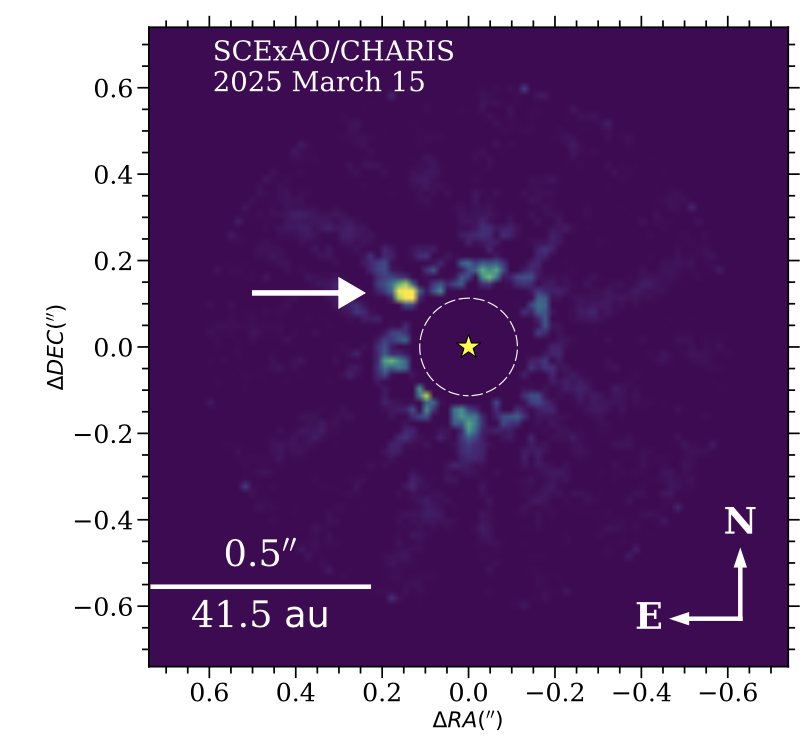

A very exciting paper by Kral et al. on “Exomoon search with VLTI/GRAVITY around the substellar companion HD 206893 B” using astrometric measurements of the companion to search for a putative #exomoon. Half a Jupiter mass at 0.22 au maaaaybe? We’re getting closer! #astrodon #astrosci #exoplanets
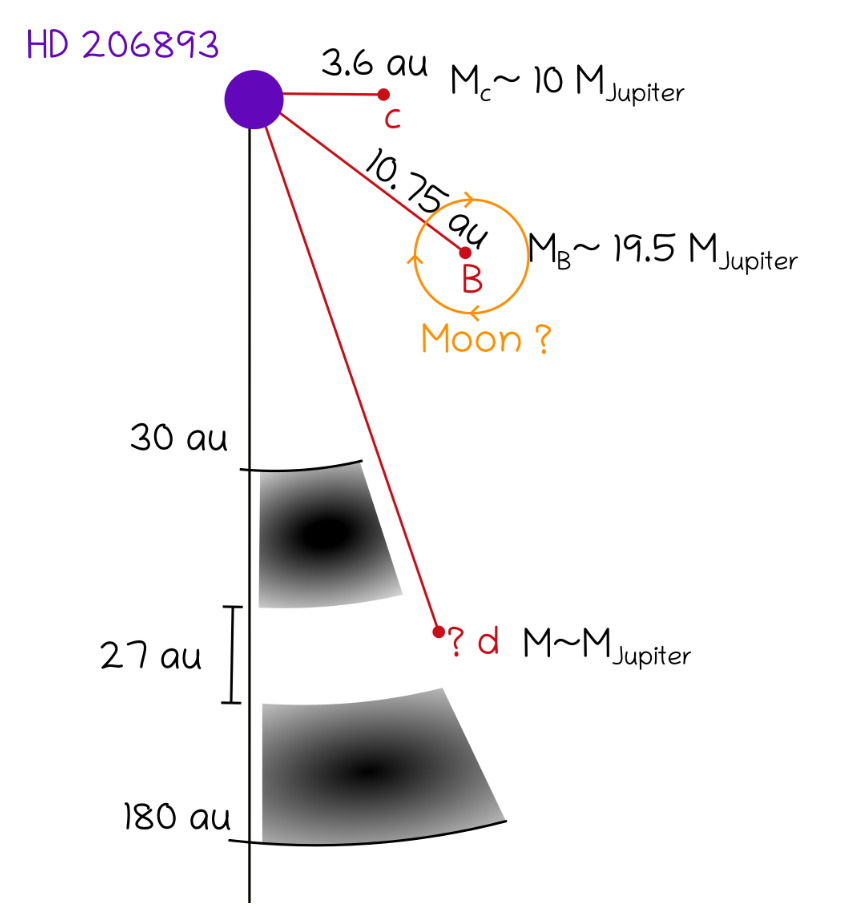

In work early this morning to tackle a big project and the internet is incredibly flaky ri- ERR NO SIGHUP
SI units for #ExoELT instruments are mass and height in Chilean Elephants (ChEl) and German Giraffes (GeGi), respectively.
I will not be taking questions at this time.

M. Nowak discussing synergies with VLT Interferometer (VLTI) and #ELT at #ExoELT - ELT has the >30m aperture for sensitivity, but VLTI combines all 4 VLT telescopes over a 200m baseline for better angular resolution, complementing sensitivity of ELT #astrodon #astrosci

At #ExoELT on Monday we had summaries of the #ELT instruments: METIS (Mid-IR imager and specrograph), MICADO (wide field imager), HARMONI (Near-IR IFU) and 2nd gen ANDES (R~100k spectrograph) - the hardware is suitably enormous - cryogenic dewars typically bigger than a hotel room! #astrodon
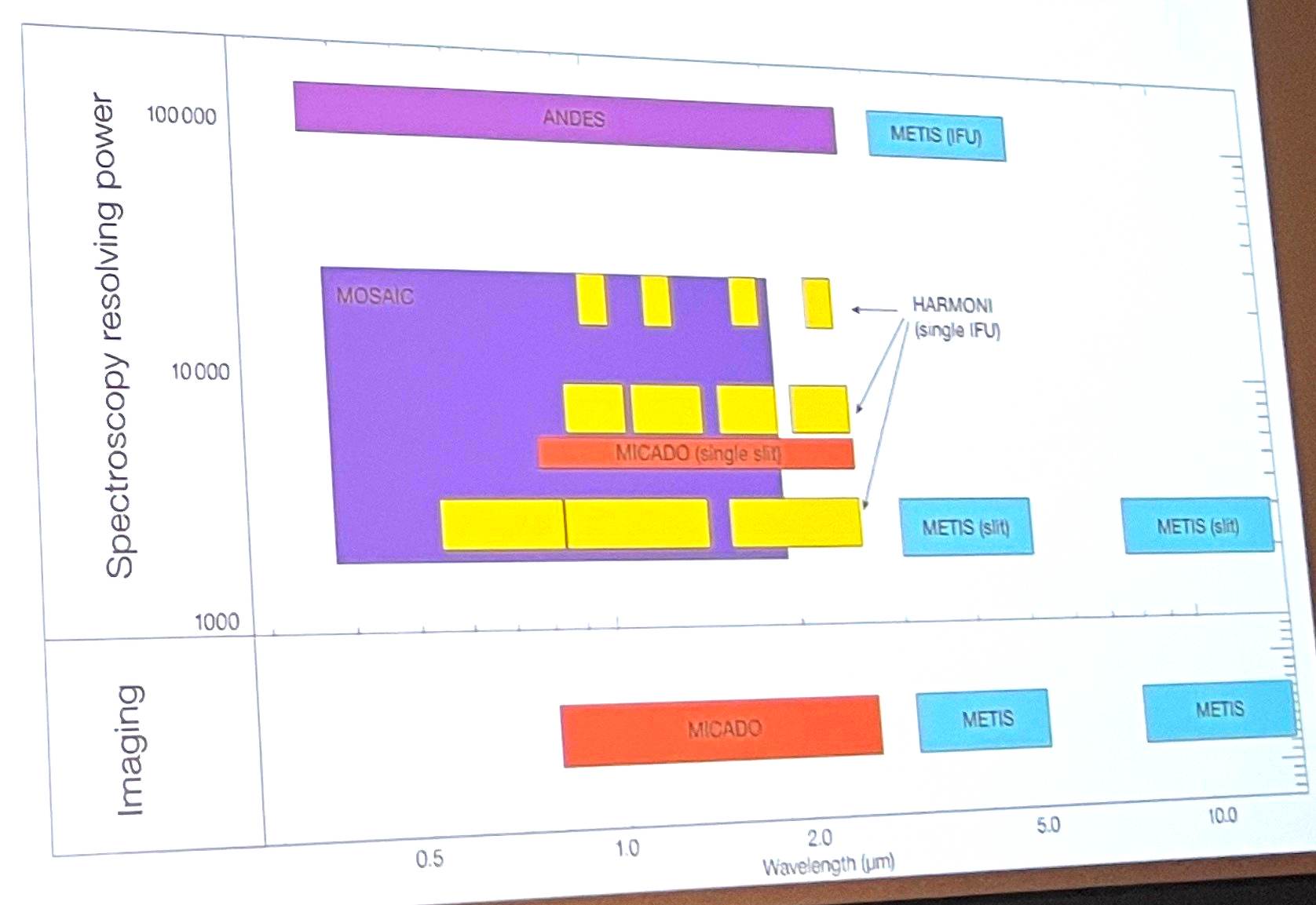
Many #exoplanet astronomers are at #ESO headquarters near Munich to talk about #exoplanets with the Extremely Large Telescope #ELT this week - first light in 2029/2030 - you can put one of the 8.4m VLT telescopes on the instrument platform of the #ELT… gulp! ☄️ #astrodon Follow along on #ExoELT
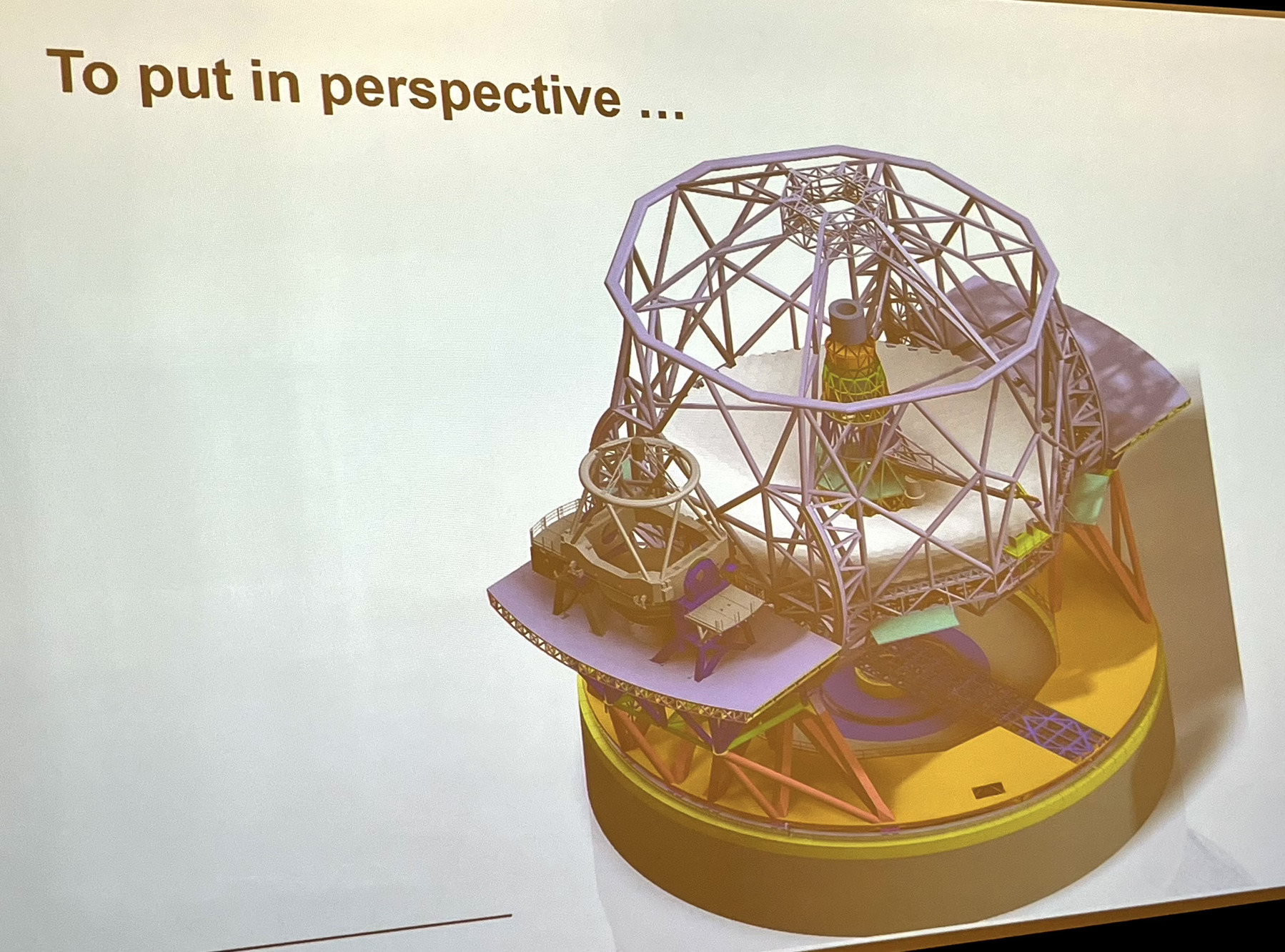
‘An Overview of Exocomets’ is a very comprehensive review led by Daniela Iglesias started at an @issibern.ch meeting. I worked on Figure 1 detailing comets around the Sun, Beta Pic and a white dwarf - I’m very proud of it, and it is available on @github.com: Exocomet systems #astrodon #exoplanet ☄
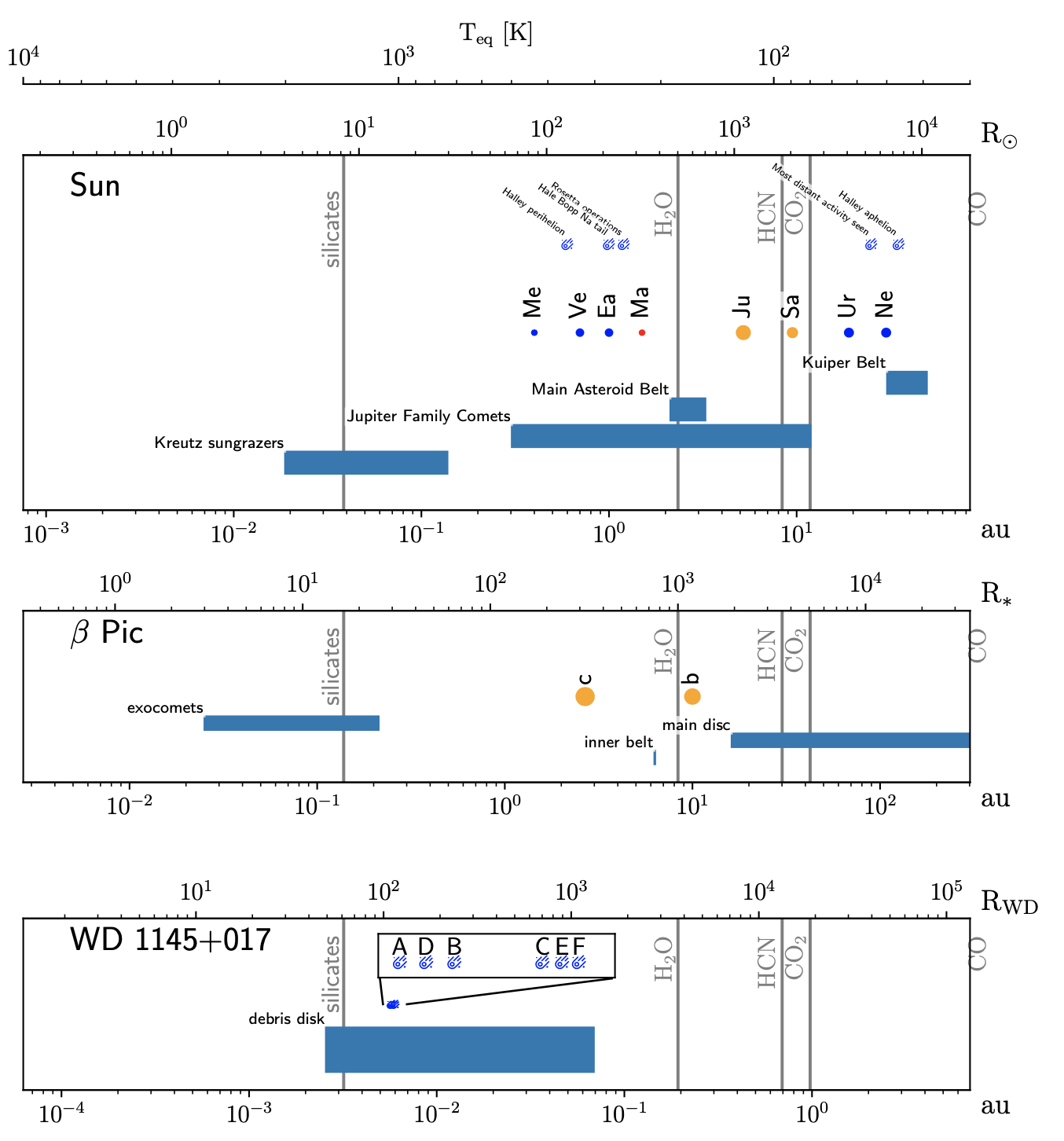
So, I have a 2019 Macbook Pro whose battery life is now less than one hour. I asked our IT department for a quote to replace the battery, but apparently it is now considered “vintage” by Apple and would cost the best part of 1000 Euros to replace(!) or until I get the urge to fix it myself…
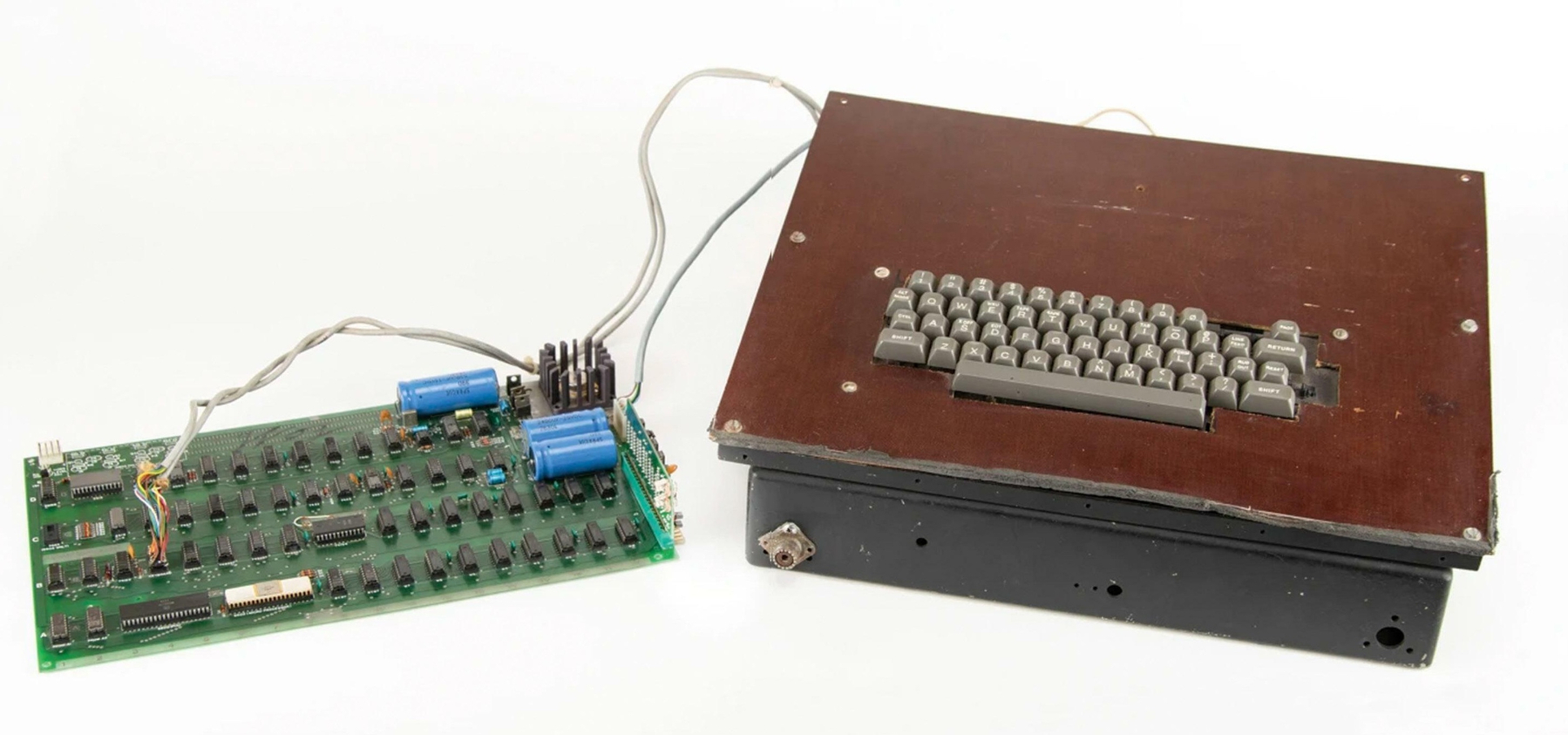
Lammers and Winn “On the Exoplanet Yield of Gaia Astrometry” makes breathtaking predictions for the Gaia DR4 data release in December 2026 - around 7500 new exoplanets around nearby stars! It will be revolutionary… and indicate new nearby systems to be imaged… #astrodon #exoplanets ☄️
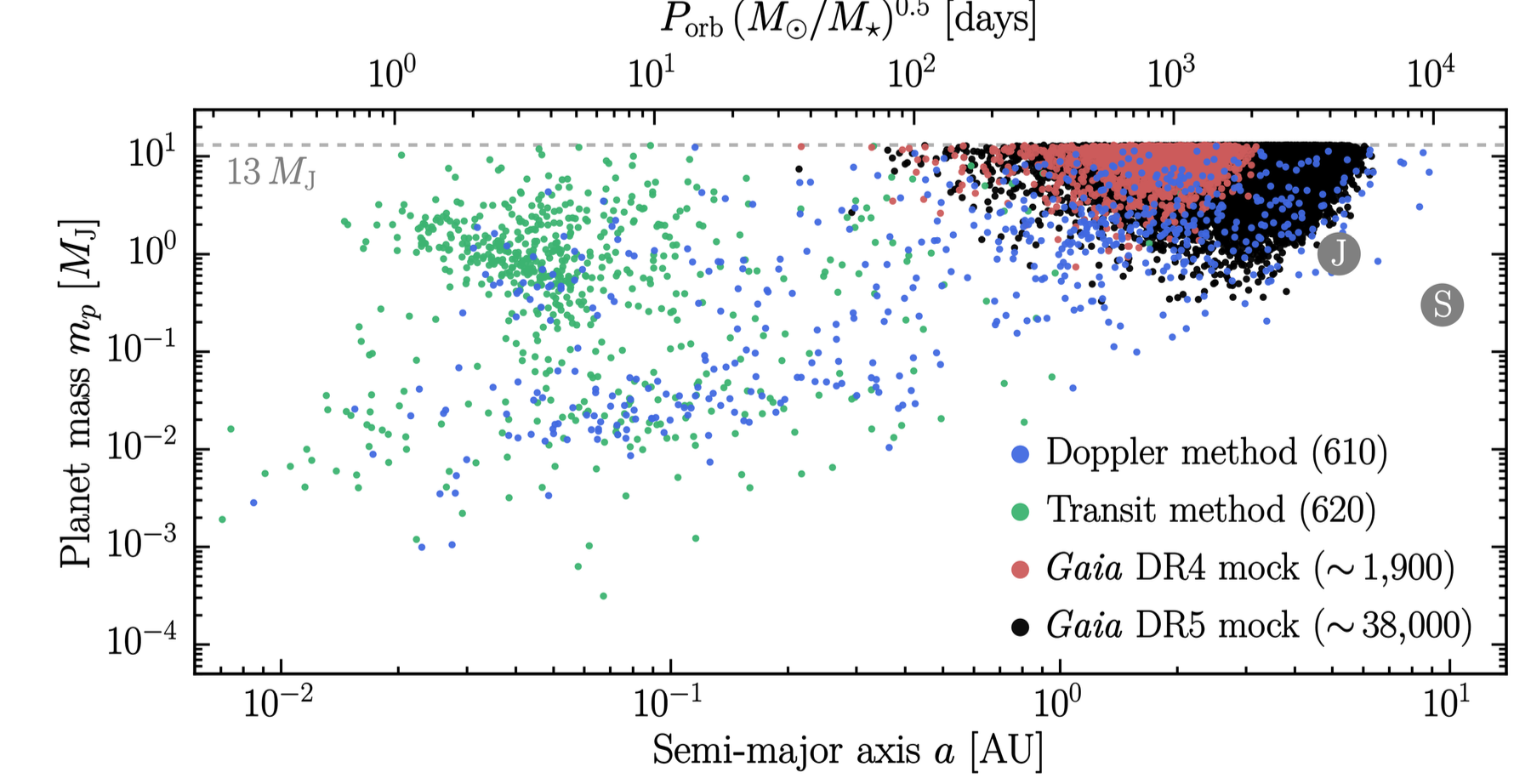
Shah+ on “The nature of ASASSN-24fw’s occultation” going for an exoring/exodisk explanation for the occulter with a minimum mass of 4 Jupiters for the companion #exoplanet #astrodon ☄
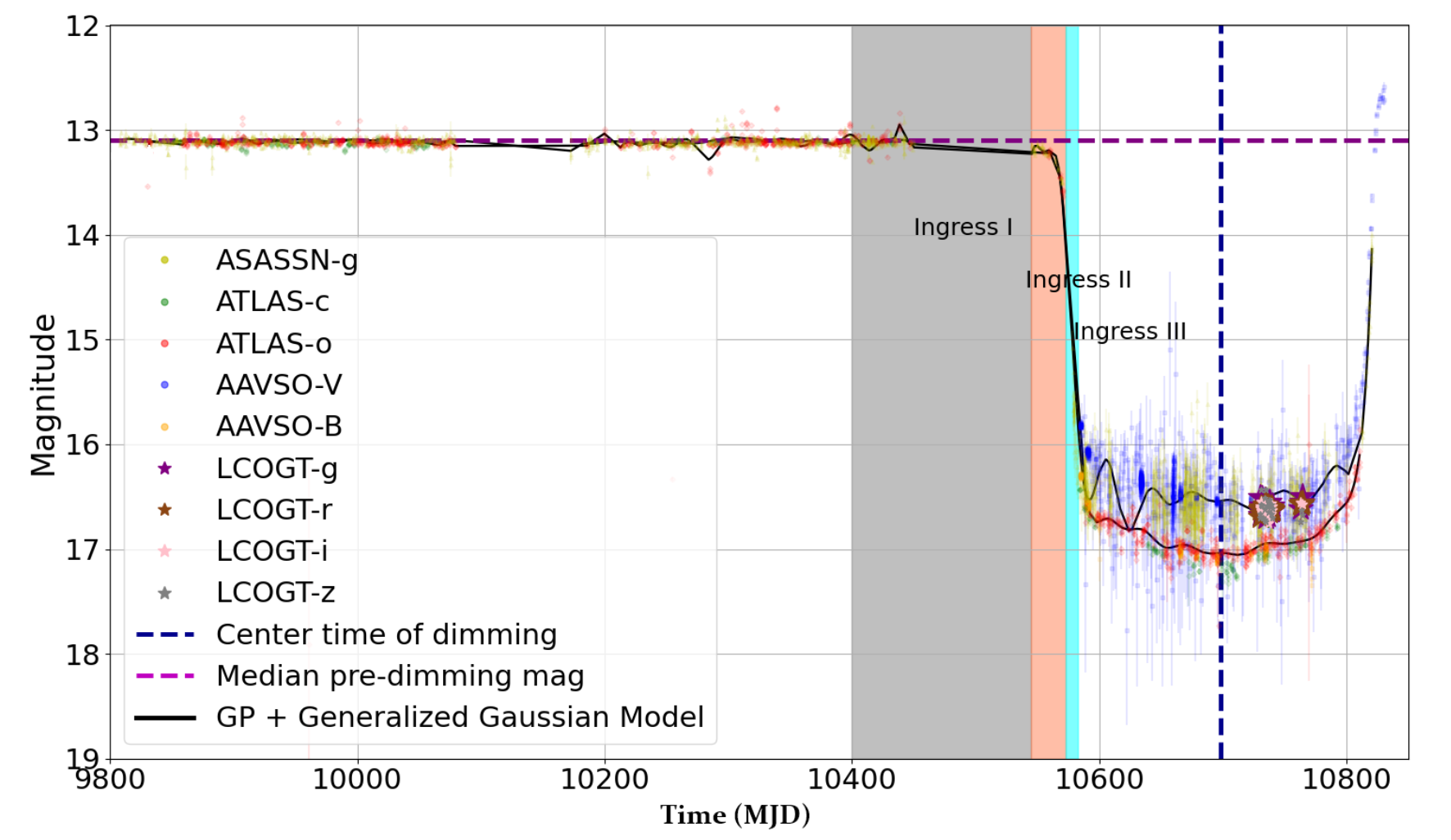
A polite golf clap to Suárez Mascareño with “In space there will be no need to scream Limits to the presence of giant planets in the ζ² Ret system” allowing us to all breathe a sigh of relief that Weyland Yutani will not be endangering the Earth any time soon… 👽 #astrosci #astrodon
Gibson et al. “TESS Discovers a Second System of Transiting Exocomets in the Extreme Debris Disk of RZ Psc” showing 24 exocomet transits and the existence of a broken power law for the sizes of these exocomets, unlike Beta Pic’s exocomet distribution #exoplanet #astrodon #astrosci
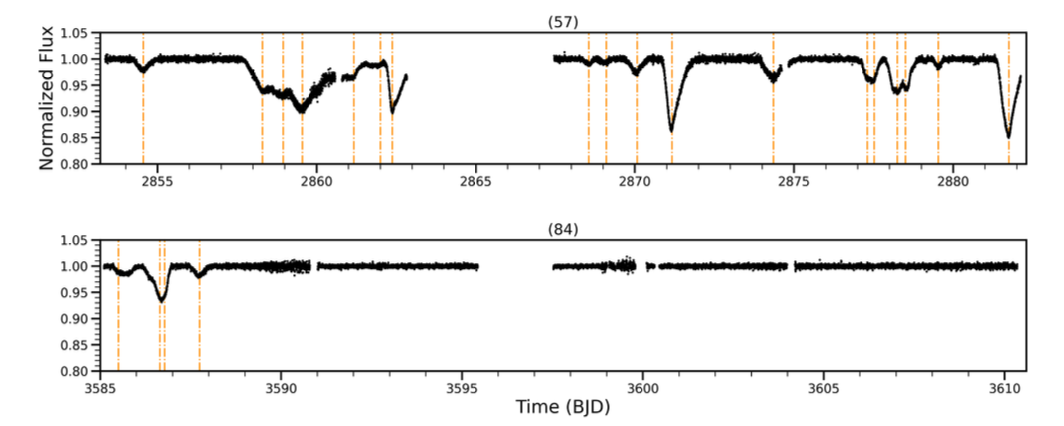
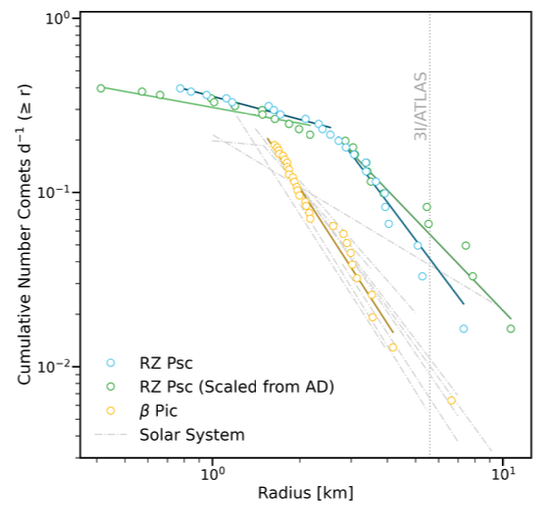
A lovely morning to go rowing in #Leiden - my sculling needs improvement, but it’s fantastic to be on the water on these calm Autumn days.
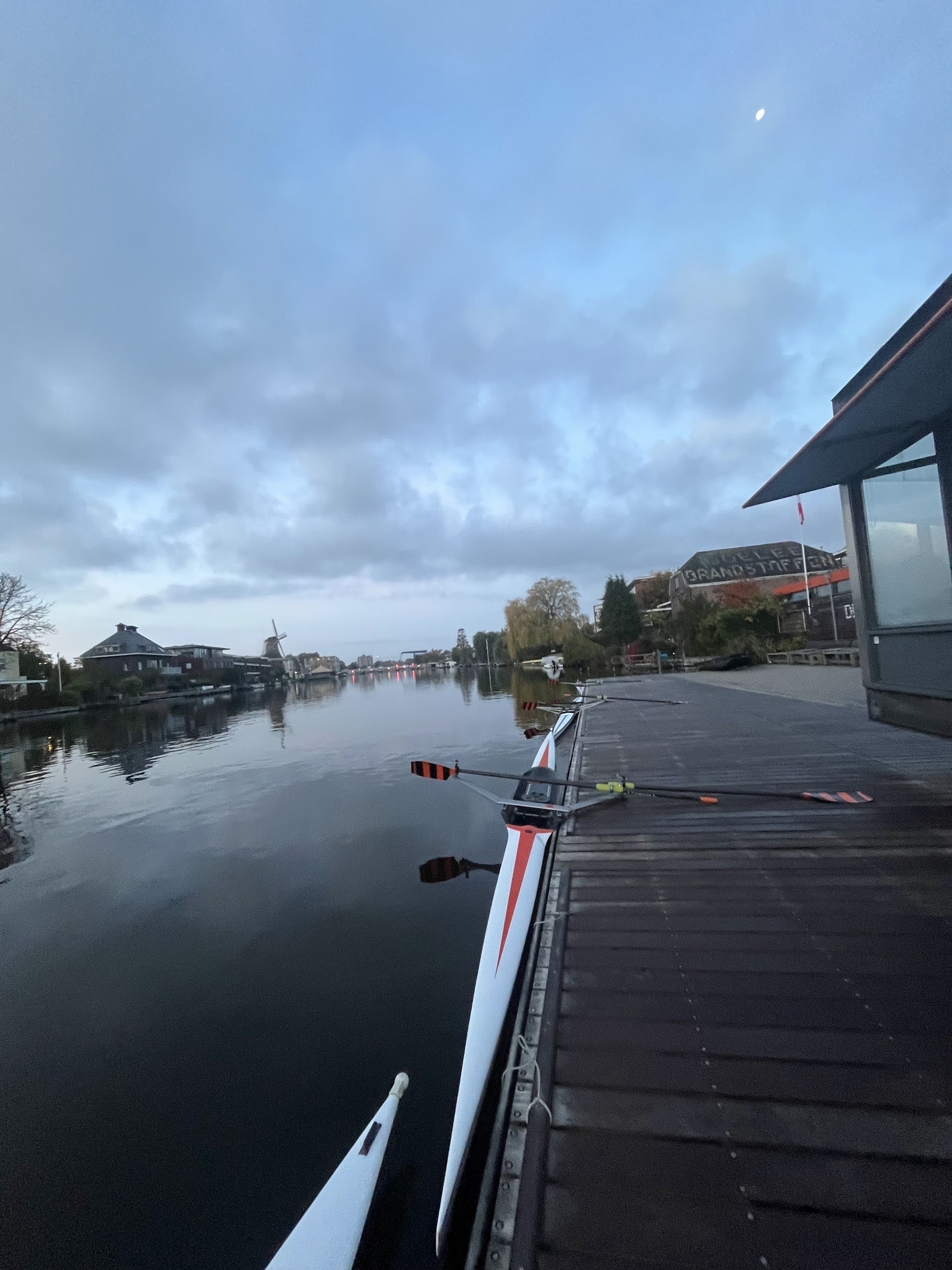
Santos-Sanz+ with “JWST occultation reveals unforeseen complexity in Chariklo’s ring system” - I’m fascinated by #exorings and seeing more activity and weirdness with small bodies in the Solar system gets me very intrigued indeed….. #astrosci #astrodon

Getting mentally prepared to read all the #slack channels on #wispit2 #JWST proposals

Wolff, @andrasgaspar.bsky.social et al. with a beautiful analysis of “JWST/MIRI Imaging of the Warm Dust Component of the Epsilon Eridani Debris Disk”, the last of the “Big Four” circumstellar disks with #JWST - a smooth disk at all but the longer wavelengths and hosting an RV #exoplanet ☄️

Cugno and Grant @sierragrant.bsky.social with “A Carbon-rich Disk Surrounding a Planetary-mass Companion” detected using #JWST - an impressive detection of several different carbon molecules that are very promising for #exomoon formation around the directly imaged #exoplanet CT Cha b ☄
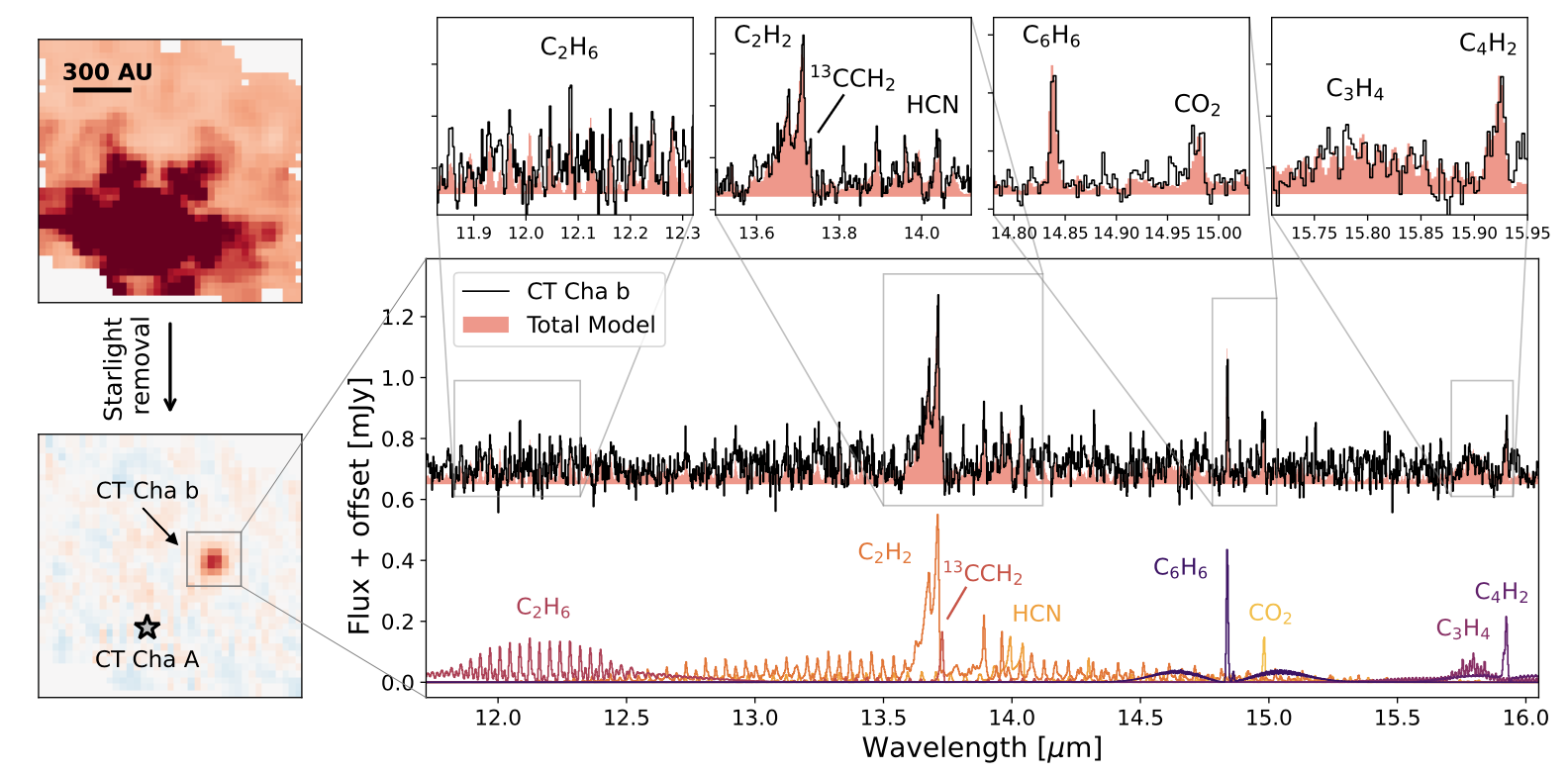
A very cool result! Julo+ with a paper on “Stellar halo subtraction … with integral field spectroscopy… on the PDS70, HTLup, and YSES1 systems” showing that the YSES 1b #exoplanet has a lot of emission lines - H alpha , H beta, He I, Ca H and K triplets, Na in absorption… oh my! #astrodon ☄

Some sad #exoplanets news in a paper led by me: “YSES 2b is a background star”. A distant M dwarf star some 2 kiloparsecs behind the star just so happens to have a non-zero proper motion in EXACTLY the wrong direction: this required multiple GRAVITY observations to solve… #astrosci #astrodon
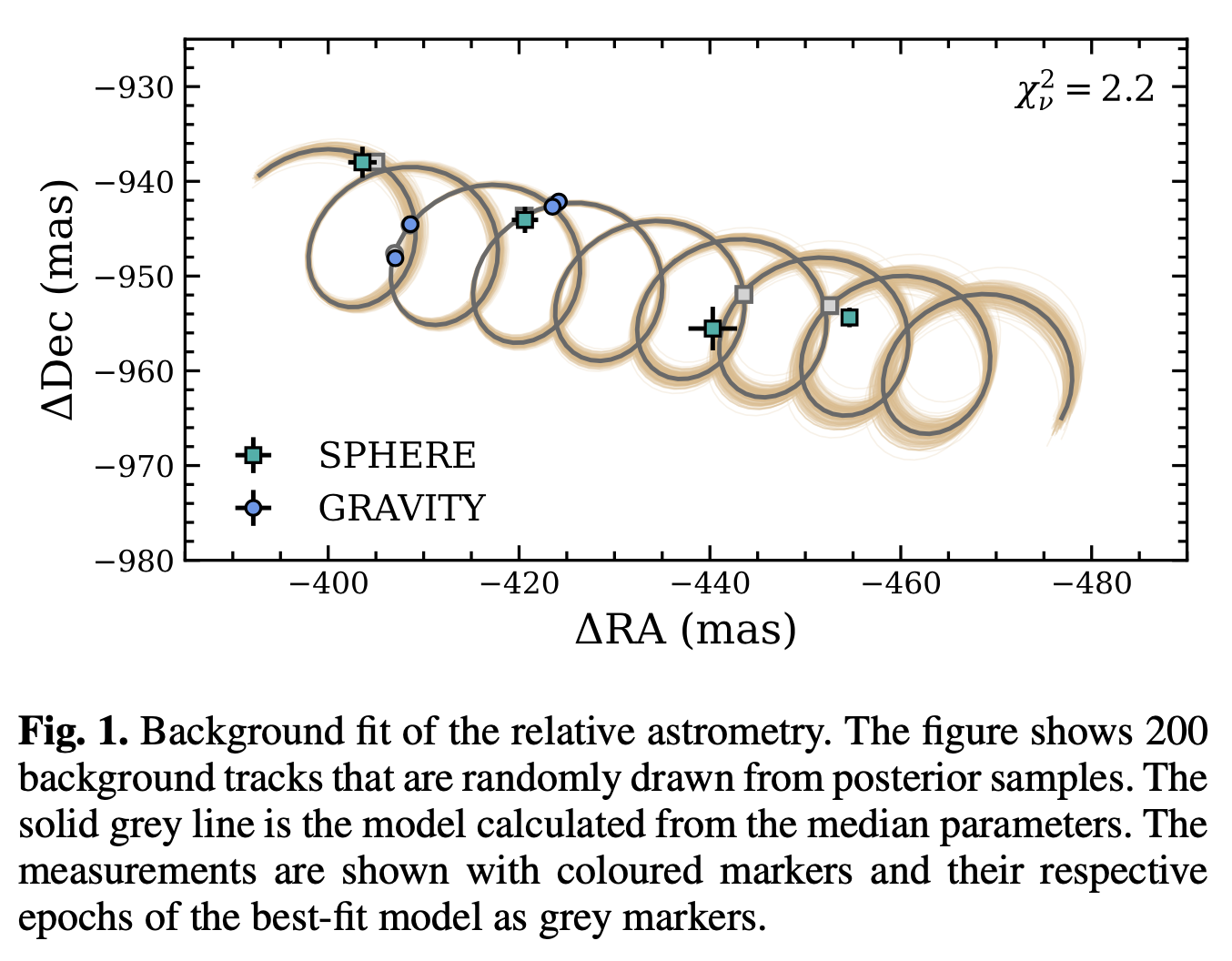
My periodic reminder for #astrosci #astrodon #exoplanets Early Career Researchers to please, please, please have a simple web site with your current email address on it - rationale here: kenworthy.space/advice/
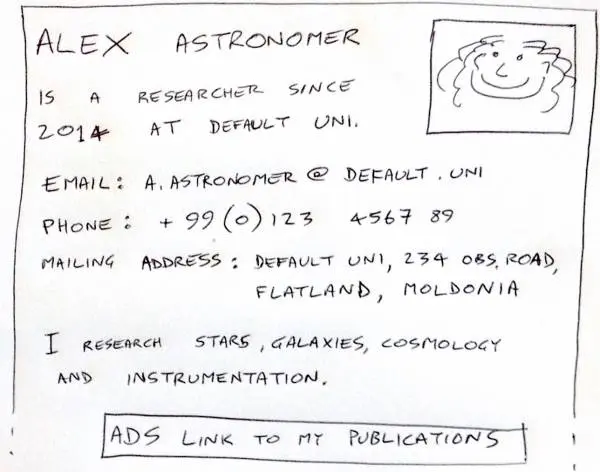
Two papers announcing the discovery of a directly imaged 6 Jupiter mass planet around binary system HD 143811 AB Squicciarini+ and Jones+ in Sco-Cen - Keck, Gemini and VLT all imaging this companion and confirmed with several years of common proper motion. #astrodon #exoplanet #exosci
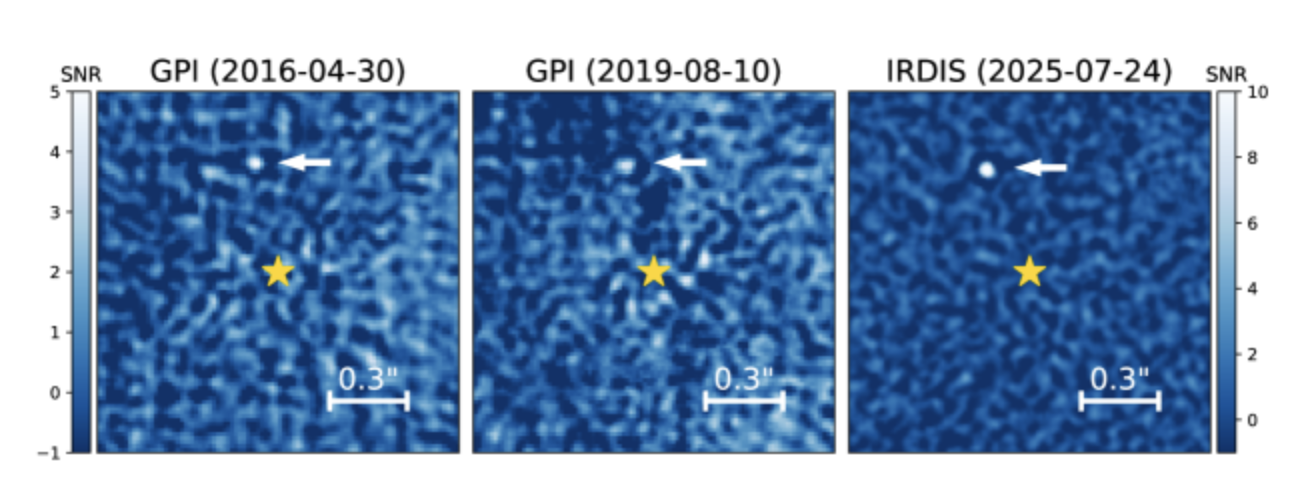
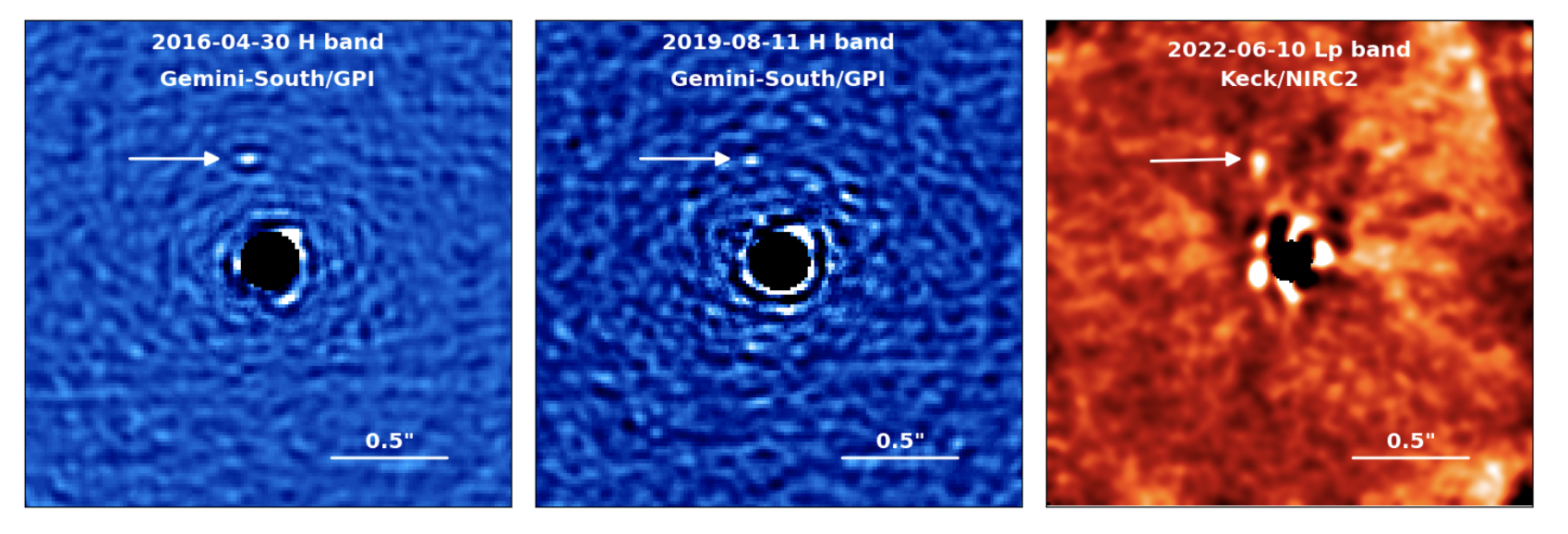
We had WISPIT 2 yesterday, and today we have van Capelleveen et al. with “WIde Separation Planets In Time (WISPIT): Two directly imaged exoplanets around the Sun-like stellar binary WISPIT 1” with 10 and 4 Jupiter mass planets at 338 and 840 au respectively #astrodon #exoplanet #exosci

Proud supervisor moment: #LeidenObservatory graduate student Richelle van Capelleveen led one of two papers on our discovery of WISPIT 2b, a 5 Jupiter mass exoplanet clearing a path in a circumstellar disk. Laird Close and his team saw it in H-alpha, indicating gas accretion #astrodon 🔭 🧪
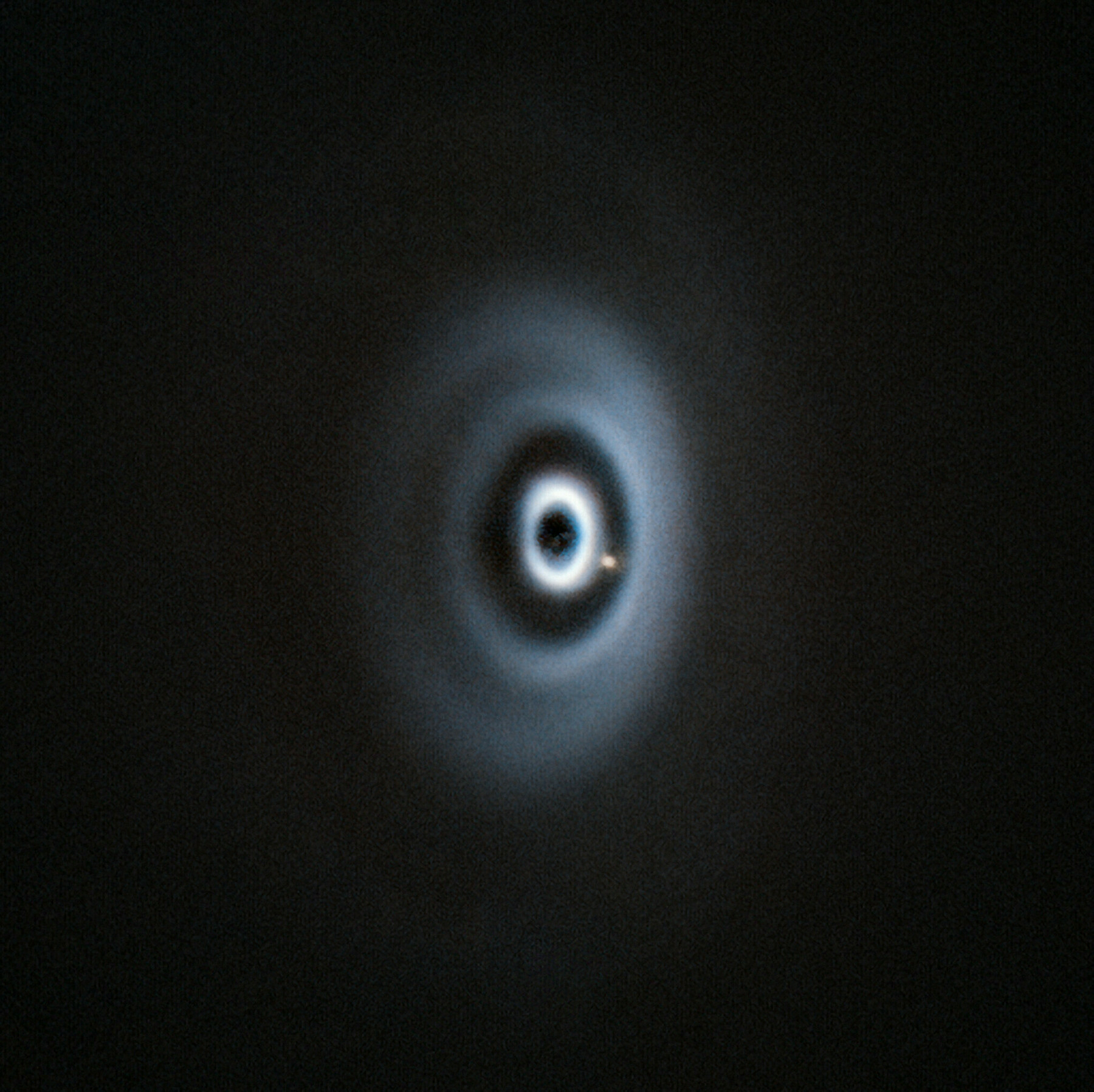
Resorting to somewhat extreme methods to focus my easily distracted self in the last week of #astronomy grant writing #AcademicChatter

“If you’re fond of sand dunes and salty air,
Quaint little villages, here and there…”
#SouthCoast #BluebirdCafe #GrooveArmada
“At the river” by Groove Armada
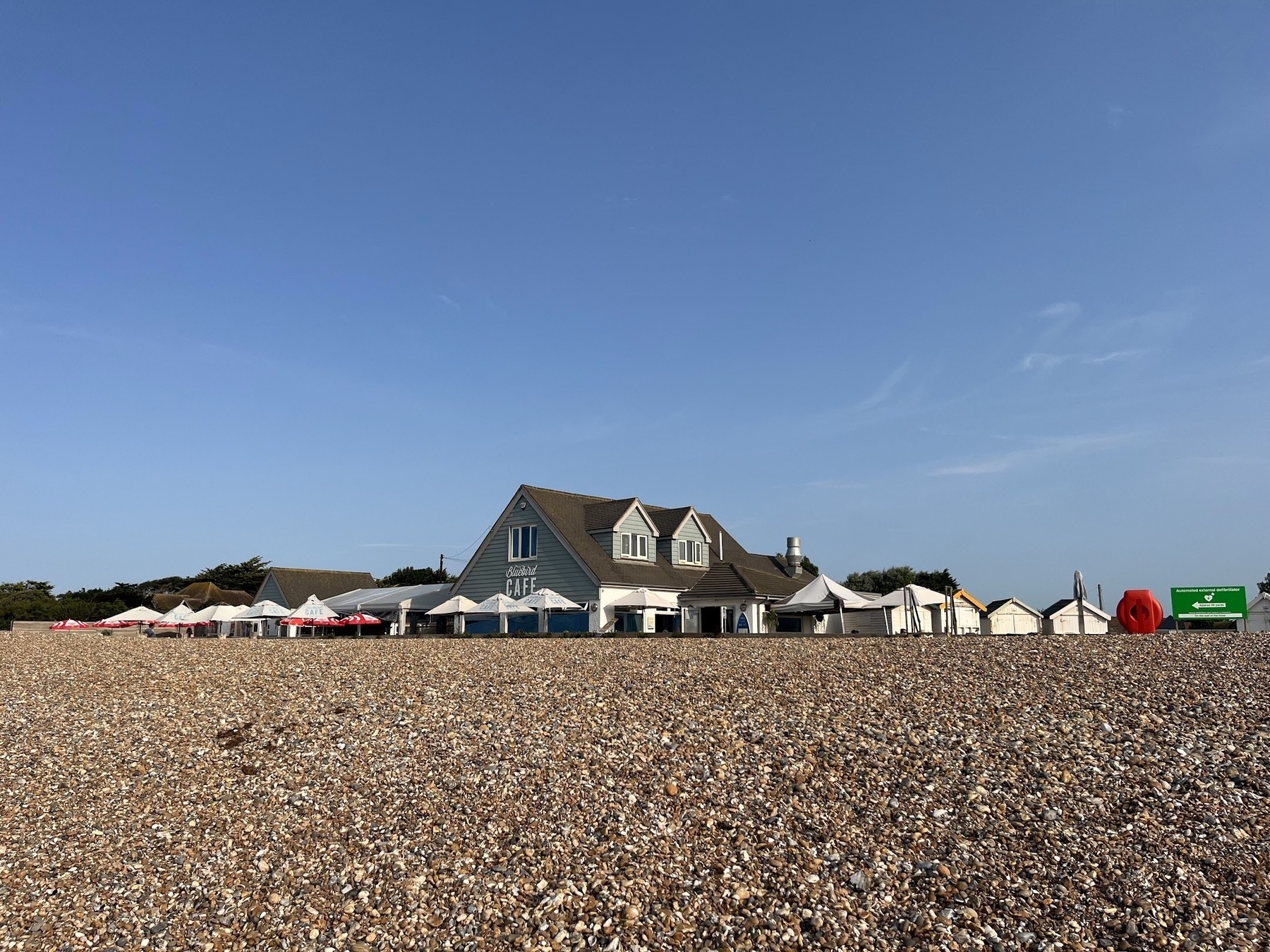
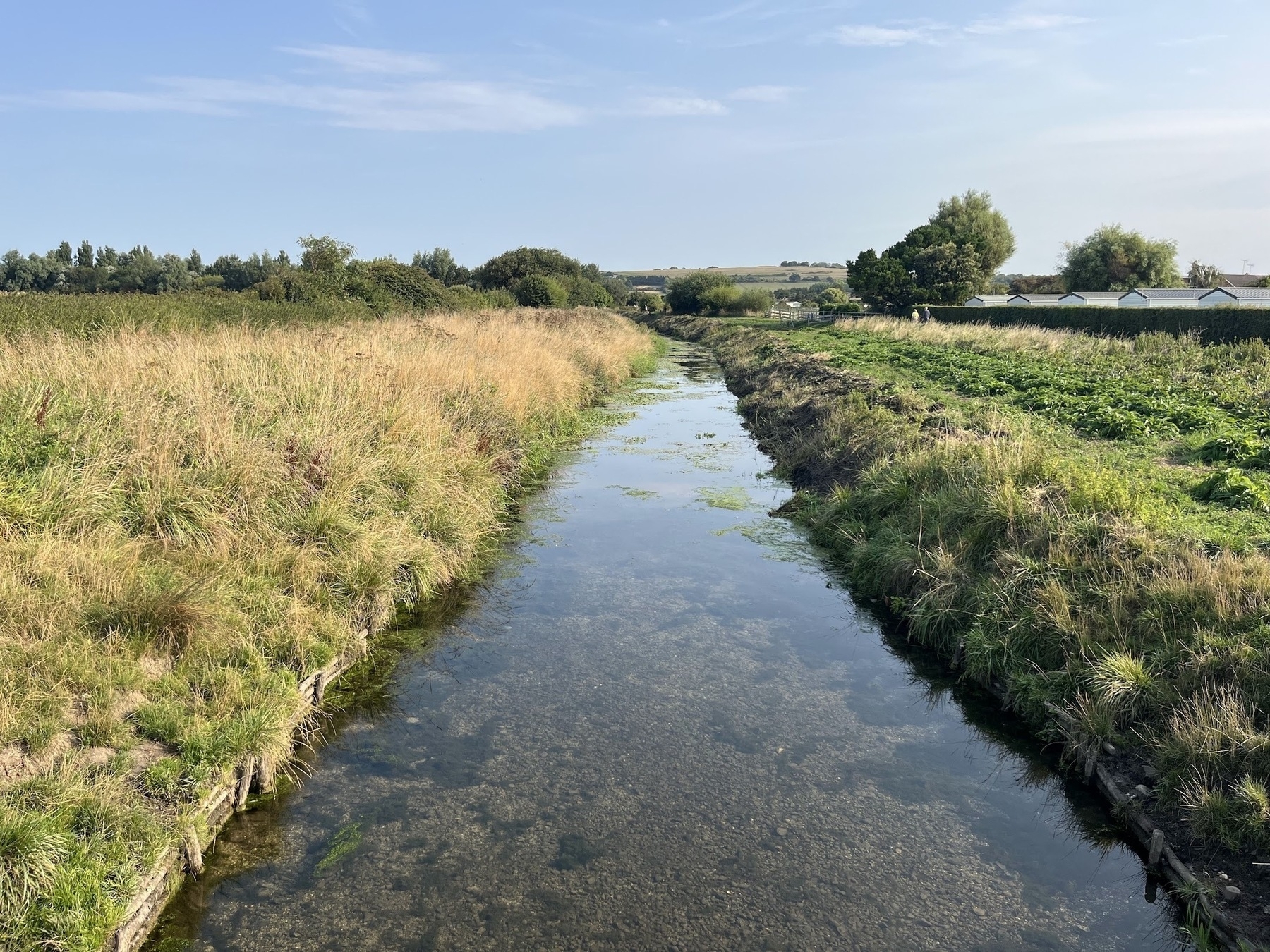
If you are rowing in the Netherlands, you get used to sharing the waterways with the occasional BFB. Weirdly enough their wakes are not a problem if you’re sculling, but smaller cruisers can cast waves big enough to flood your footwell. I’m lucky I can get to enjoy the waterways here.
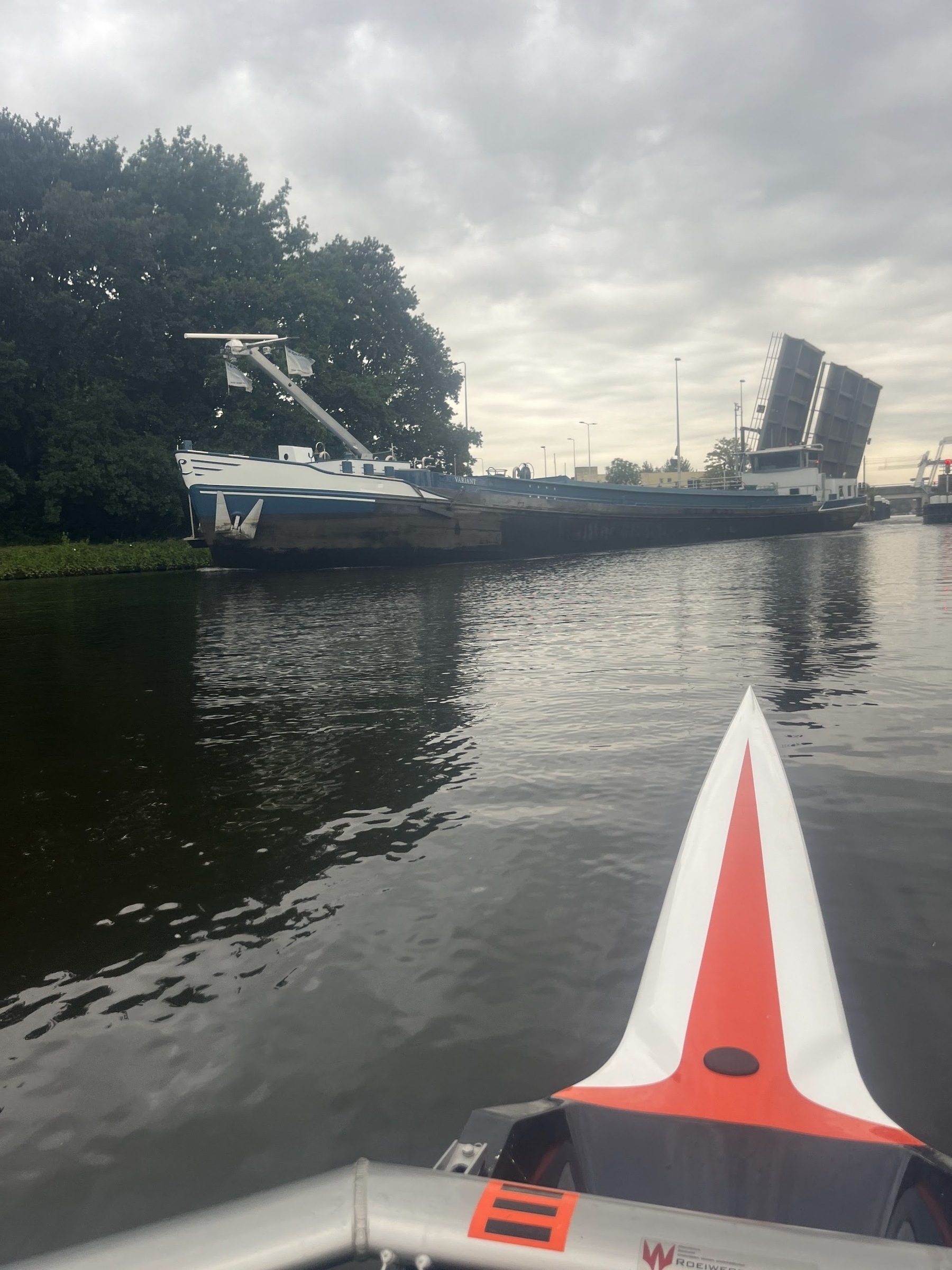
Once again, don’t trust the output of any #AI assistant without verification. This is not the HR 8799 exoplanet system, it’s the YSES 1 exoplanet system. Source: my (then) grad student Alex Bohn took this image using VLT/SPHERE. #astrodon #astronomy #exoplanets
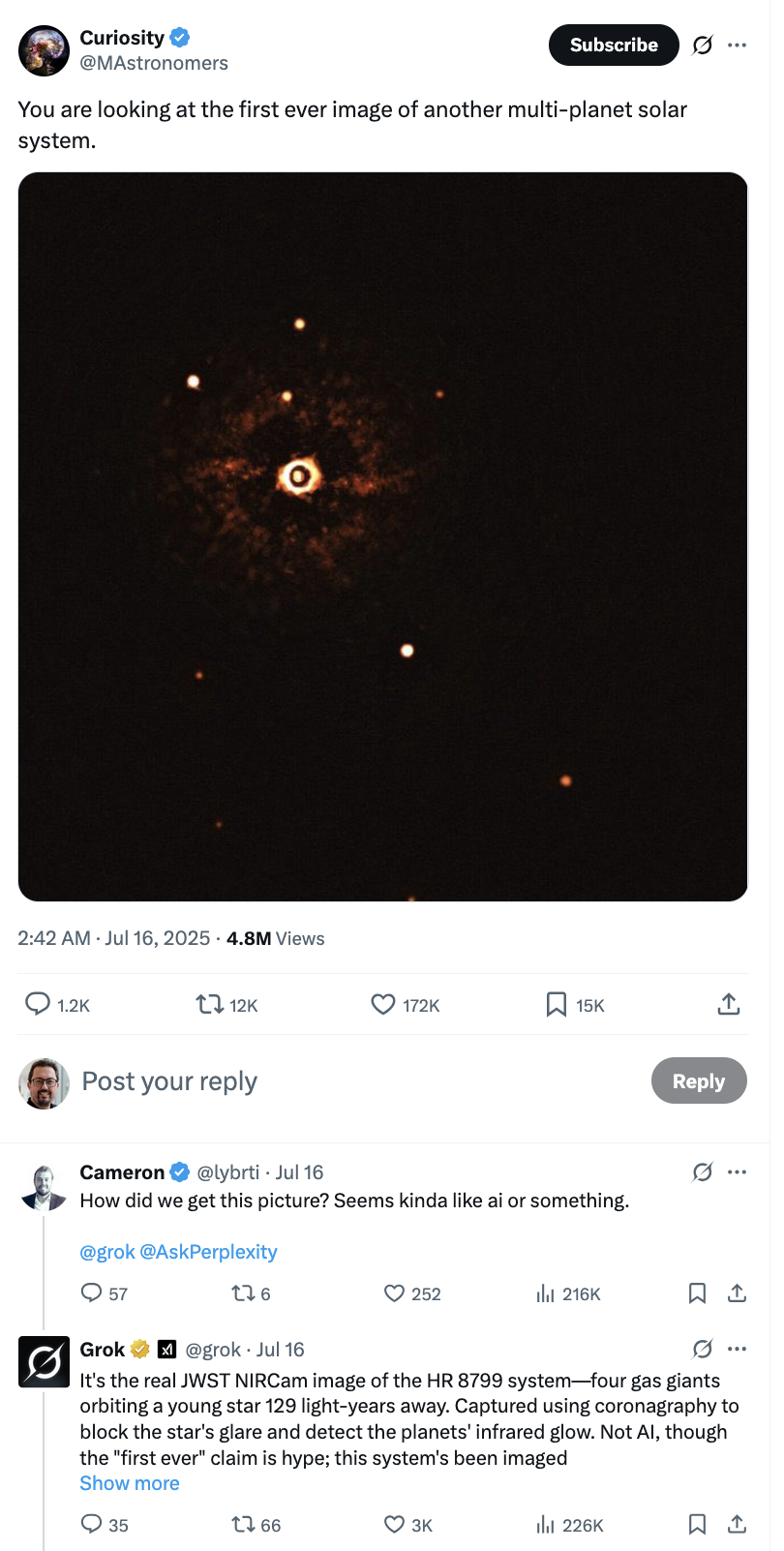
I stumbled upon a terrifying plot legend in Wen (2025) “Updated Earth Tomography Using Atmospheric Neutrinos at IceCube”: “Vacuum earth is 5.16 sigma away” - but in which direction? Should we be nervous? Relieved? How far away is a sigma, exactly? So many questions!
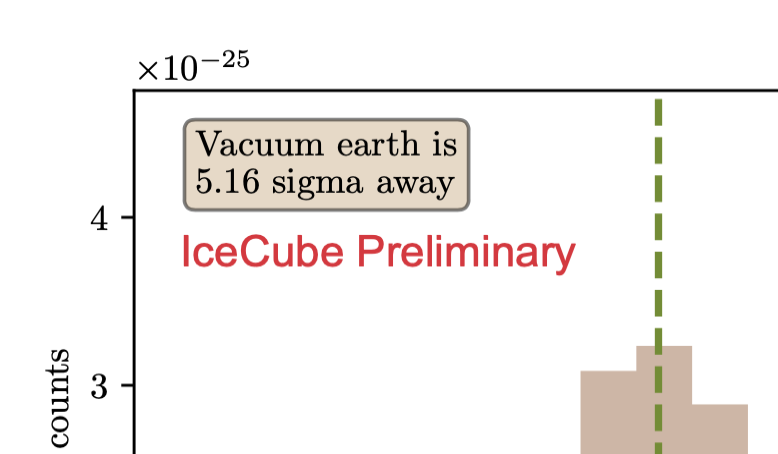
XKCD is hitting uncomfortably close to my group’s #exoplanet research! #astrodon
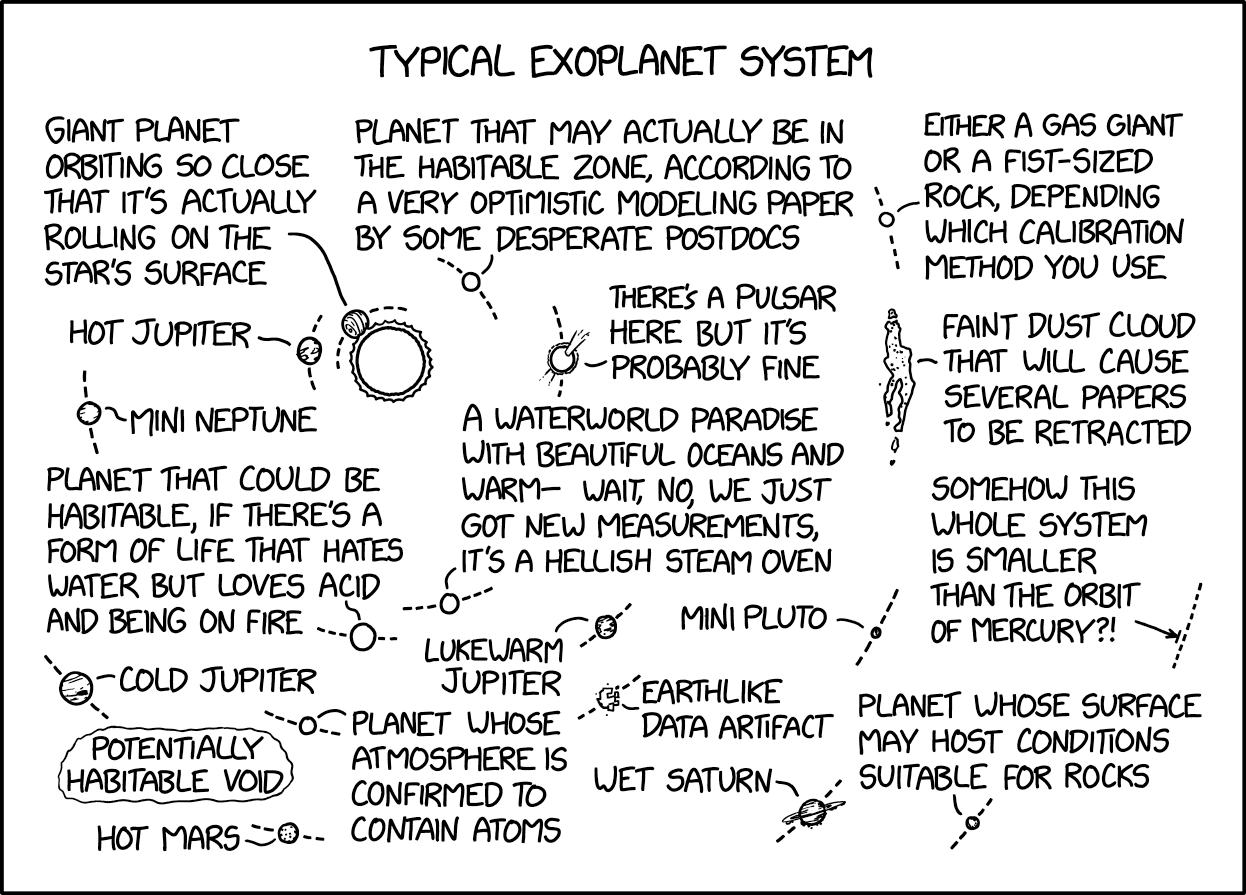
Dr. Kielan Hoch has a #Nature paper on #JWST observations of the star YSES 1 with its two gas giant planets. She and her team have discovered a circumplanetary disk around the larger 1b and silicate clouds in 1c. Wonderful results and more to come - watch this space! #exoplanet #astrodon

Wow! Bryant+ with “A giant planet transiting a 0.2 solar mass host star” that has a transit depth of almost 20% - with that depth, this will be ideal for a very detailed spectroscopic study in the future. A very interesting outlier. #astrodon #exoplanets
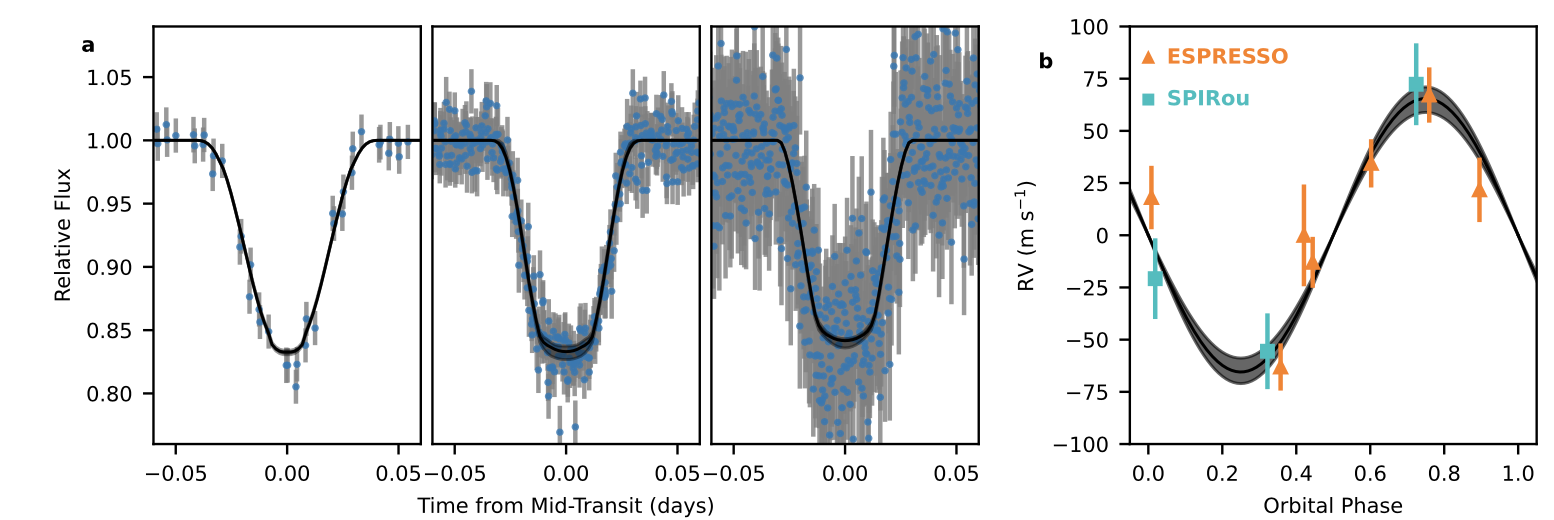
Together with Sebastiaan Haffert our review on “High-Contrast Coronagraphy” is out - writing an ARA&A review has been on my academic bucket list, and I’m very proud of the result. It uses the showyourwork! framework, making it a completely reproducible paper. #FAIR #astrodon #exoplanets
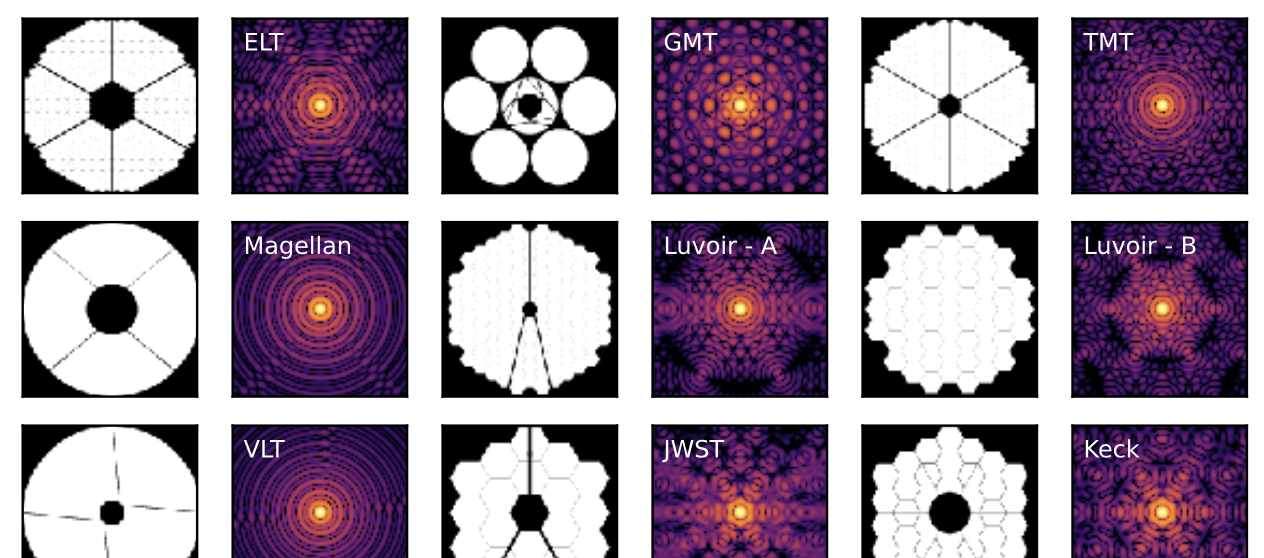
I’m in Belfast this week, giving an Astrophysics Research Centre Seminar at #QUB on Wednesday 26th March titled “Scattered: Wide separation directly imaged exoplanets and shattered exomoons” (also soliciting pub recommendations!) #astrodon #exoplanets 🔭🪐 🌗🎆
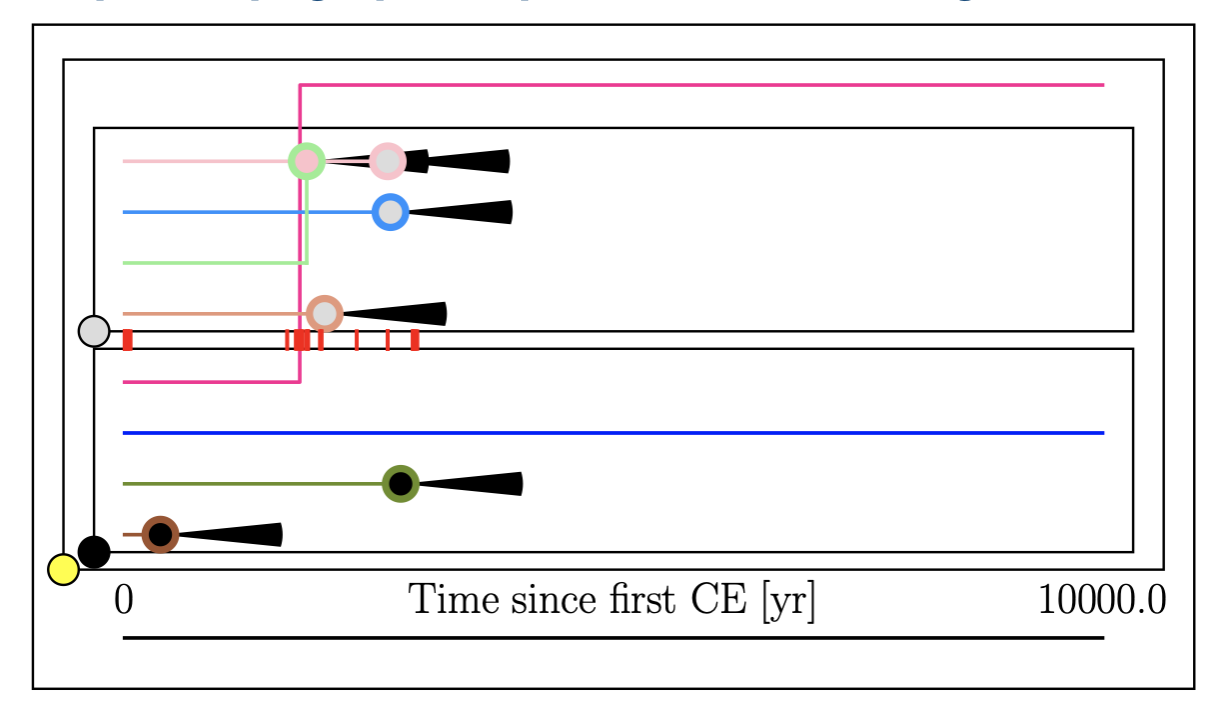
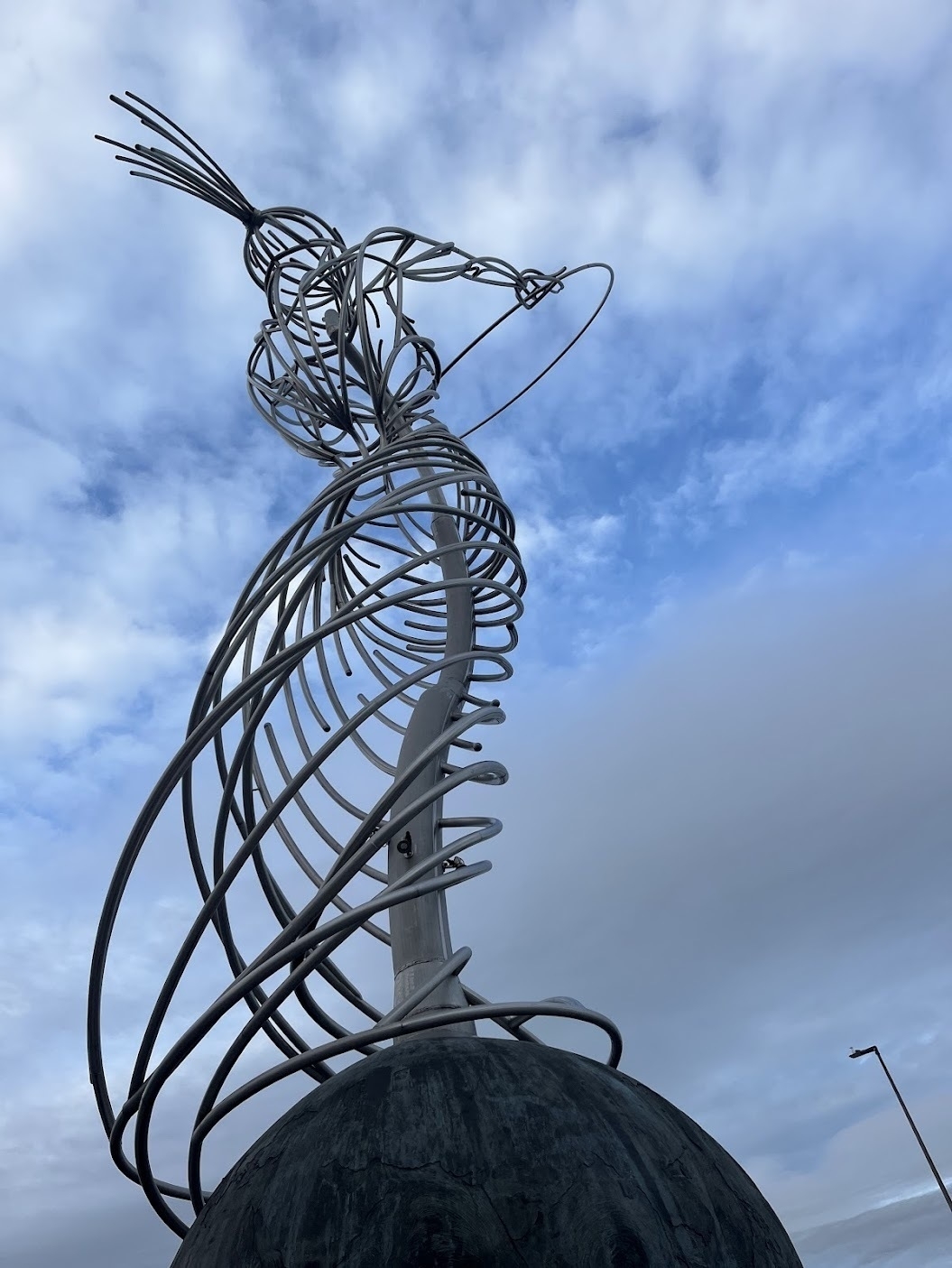
I keep forgetting when and where telescope observing cycles/periods are, so I spent a part of this morning making this spreadsheet which you can view. I will attempt to keep it updated (and yes, P116 is 7 months, not six!) #astrodon #exoplanets 🔭🪐

Congratulations to Crawford+ for eliciting an audible groan from me with their paper title: “Peaky Finders: Characterizing Double-Peaked Type IIb Supernovae in Large-Scale Live-Stream Photometric Surveys” but the big question is if they have a Nick Cave song to go with it… #GolfClap
A seriously impressive paper by Thompson+ on the “Revised Mass and Orbit of ε Eridani b: A 1 Jupiter-Mass Planet on a Near-Circular Orbit”. They’ve combined RV, direct imaging and absolute astrometry to revise the planet to ~1 M_Jup and e~0 - close to being a Solar System analogue. 🔭🪐 #astrodon
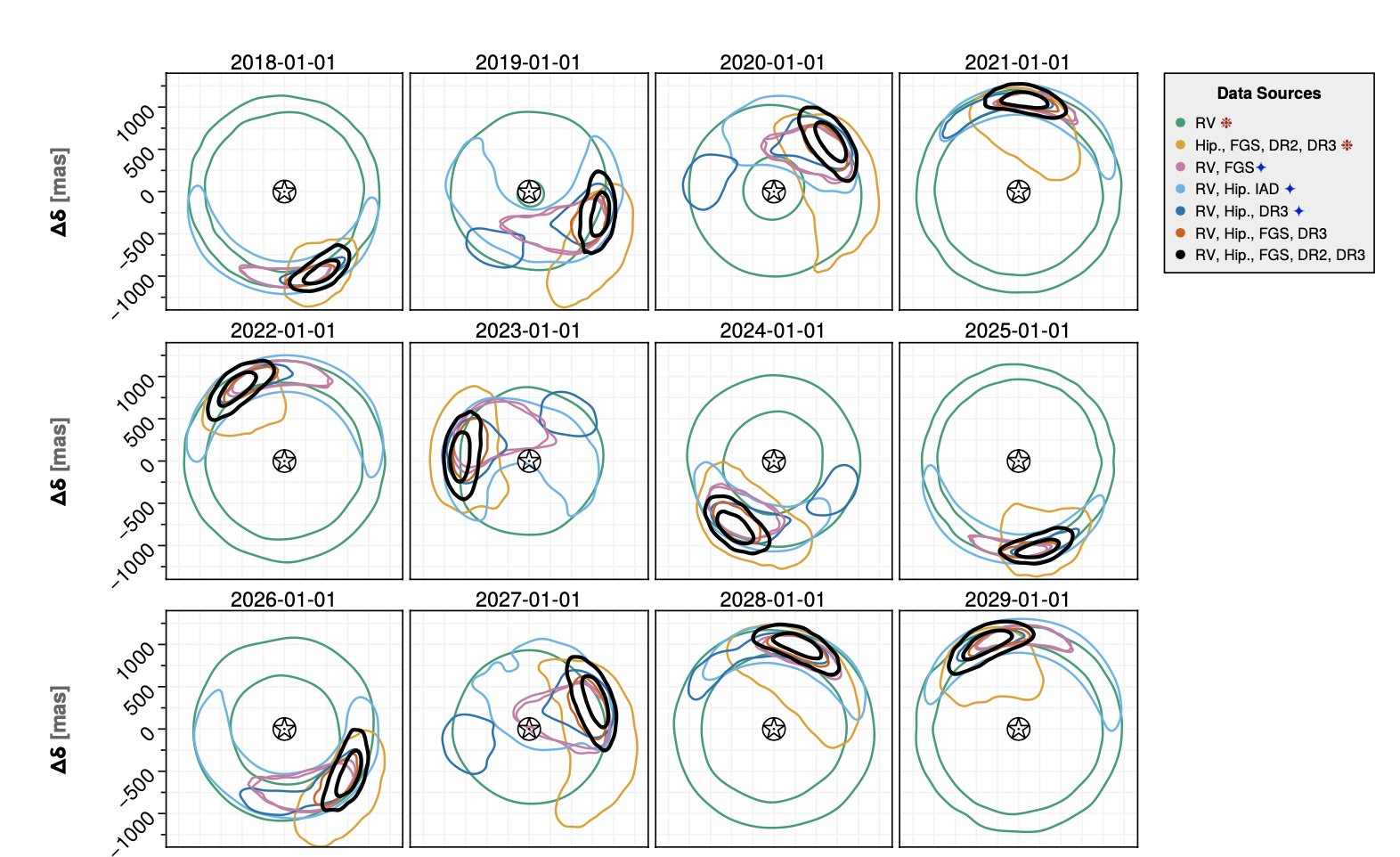

Clear sky last night allowed me to see the Moon and Venus (pictured), Mars and Jupiter but no joy with Saturn or Mercury which were both buried in twilight. Lovely Earthshine, though. 🔭🪐 #astrodon
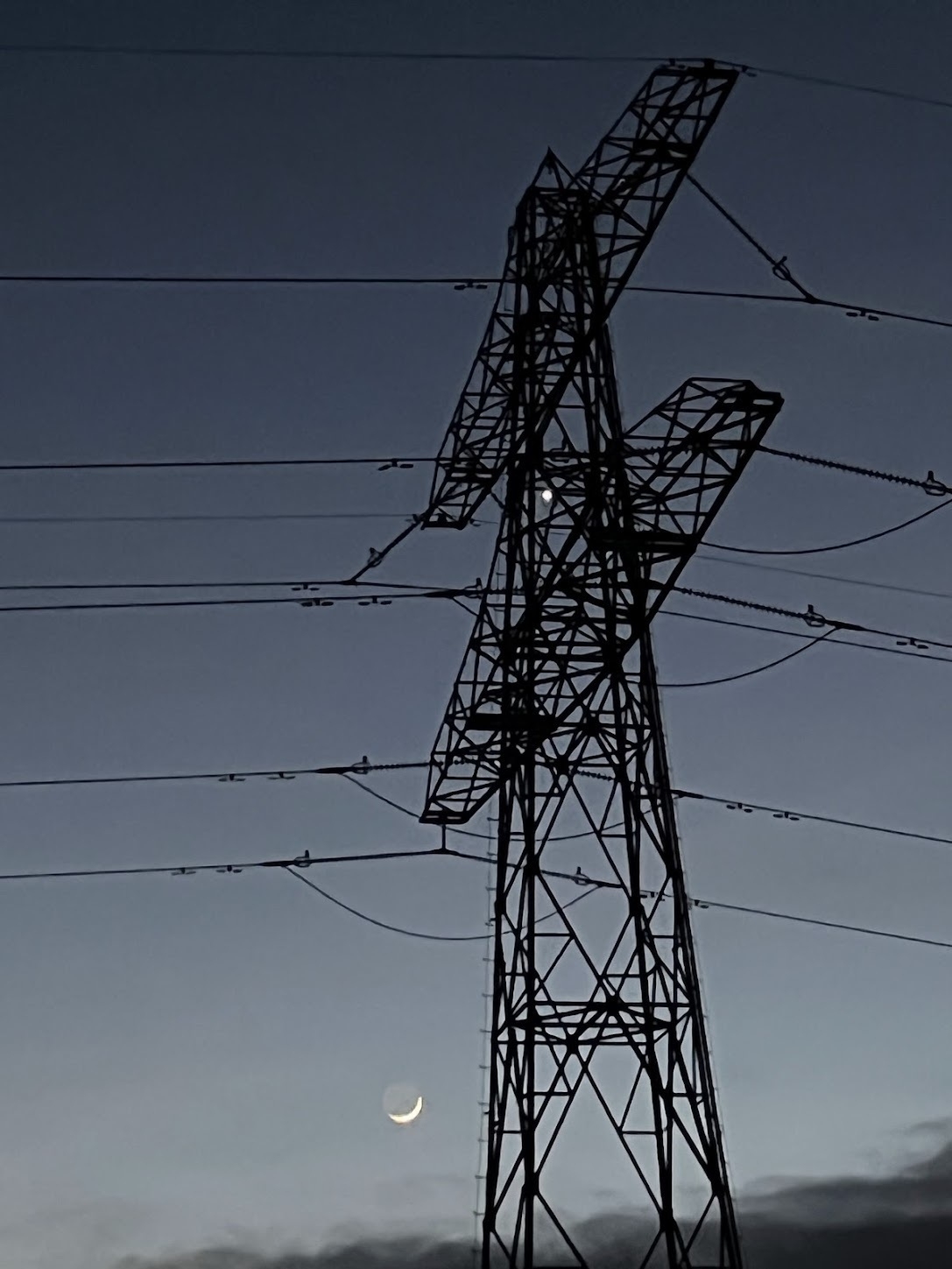
I enjoy teaching, but after teaching/managing three courses last semester and now having a semester free of teaching for the first time in five years, I am burning through those residual research TODOs for several papers… wheee! #AcademicChatter
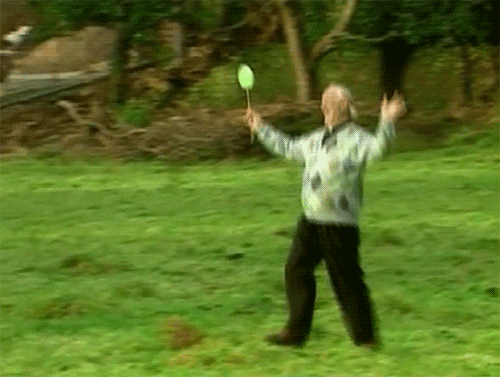
Sometimes several feelings can be conveyed in only a couple dozen words…
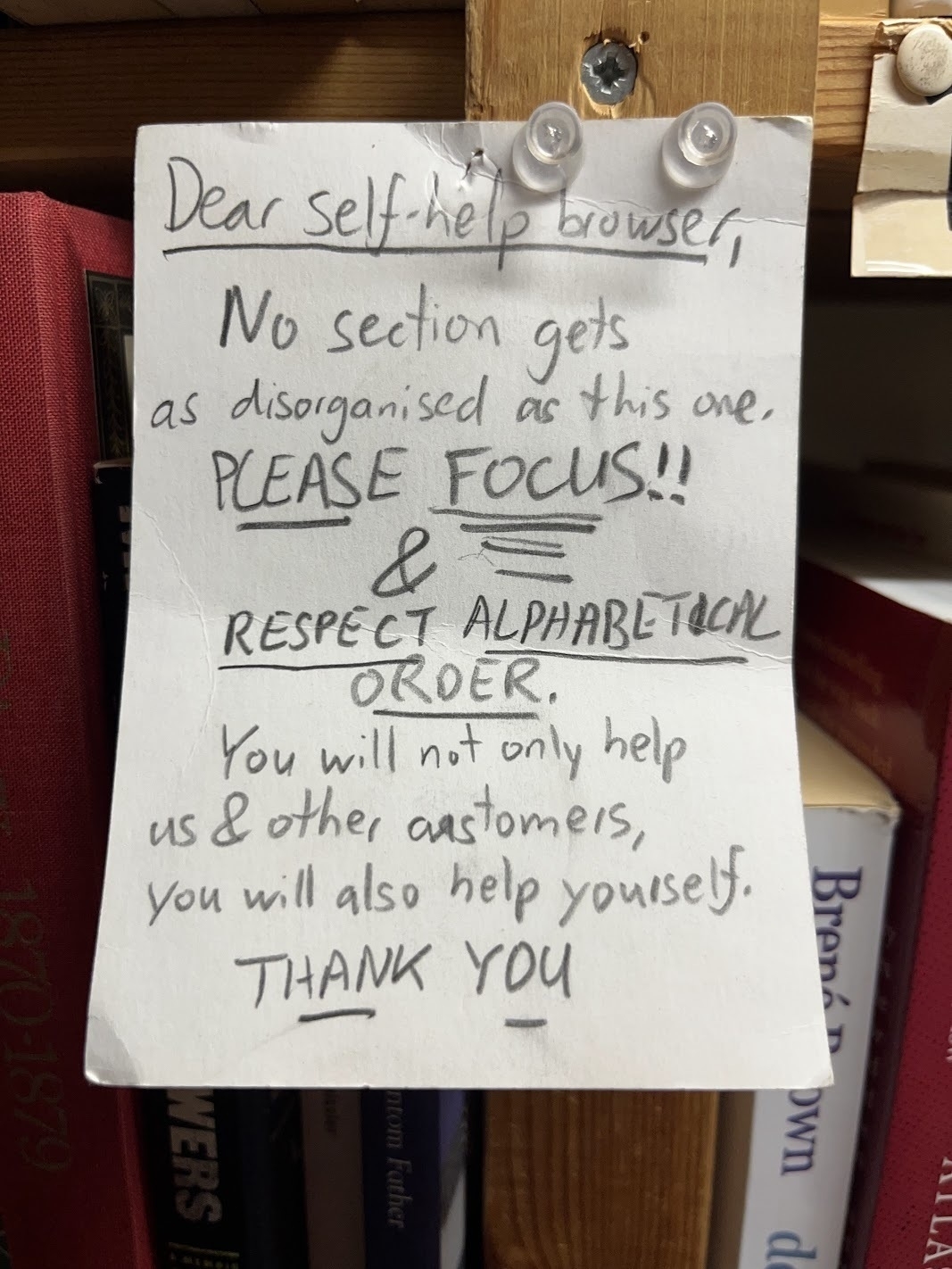
A direct imaging claim by Lagrange+ [https://arxiv.org/abs/2502.15081](“Evidence for a sub-jovian planet in the young TWA7 disk”) - a very clear point source but only one epoch… but it’s in the gap in the disk around the star. Will be exciting to see follow up. 🔭🪐 #astrodon
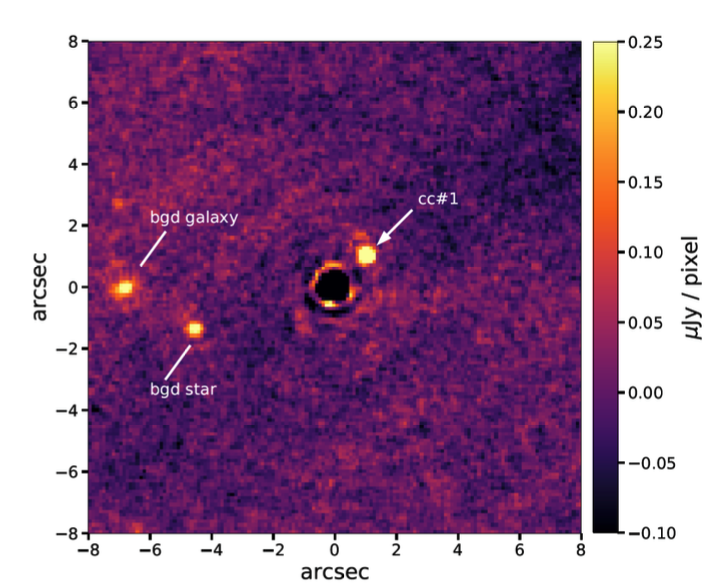
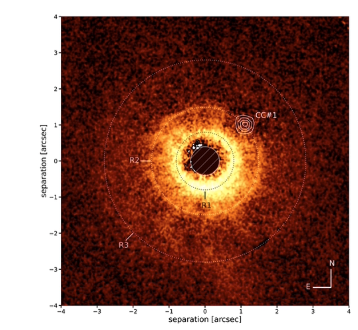
The giant ring transit ASASSN-21js is following the model prediction we made in our paper last year - the latest ASASSN data shows a slower rise than expected, but still consistent with a ringed disk. We still predict it finishing somewhere in 2026. 🔭🪐 #astrodon
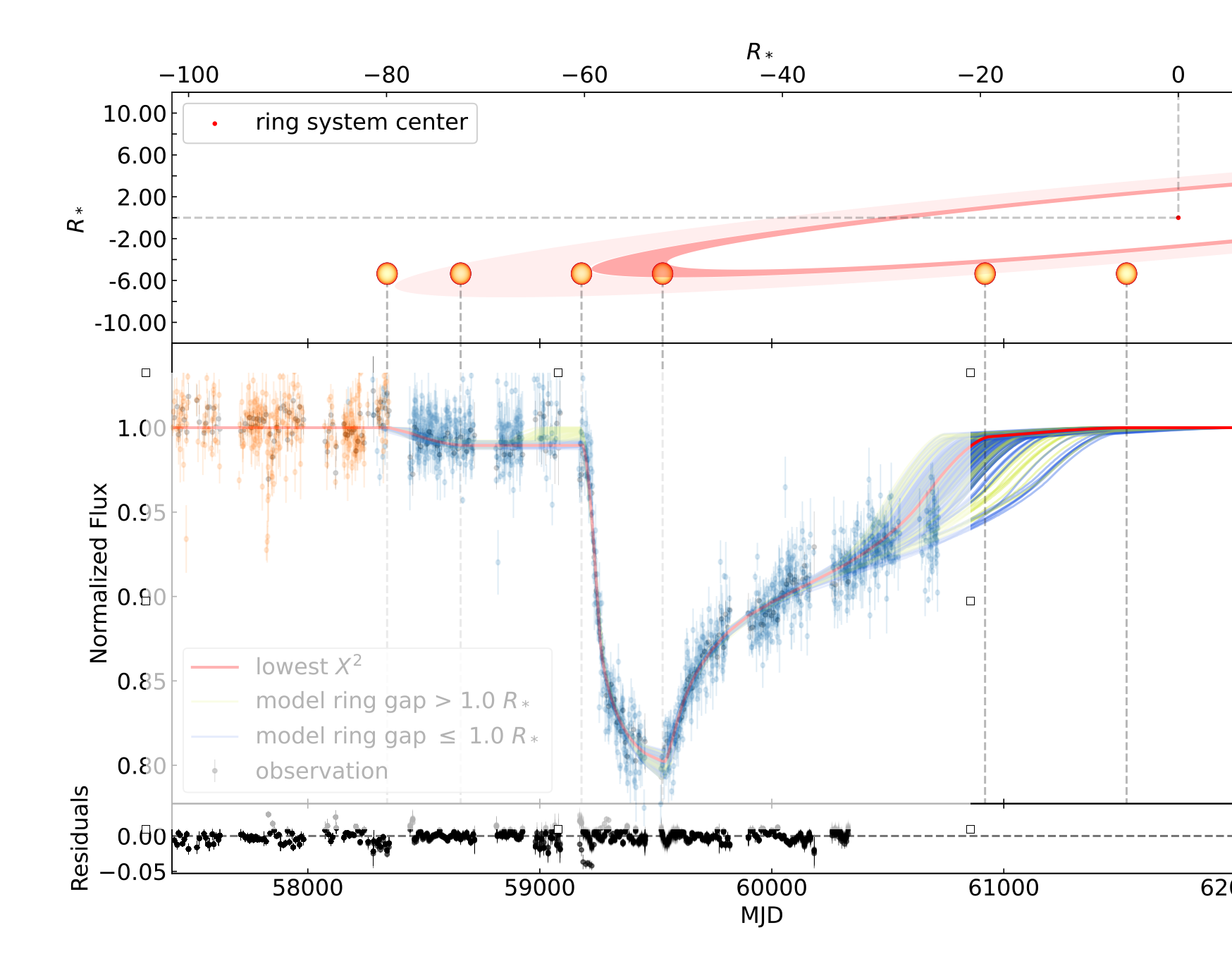
I was asked what the most critical component of successful astronomy research was. My immediate response: “Colleagues who do what they agreed to do, in the time frame they said they would do it in. Treasure them dearly and reciprocate.” beat Them: “…that’s it?” Me: “Pretty much!” 🔭🪐 #astrodon
“Life in the Slow Lane: A Search for Long Term Variability in ASAS-SN” - Petz and Kochanek show the power of all sky surveys over many years - some absolutely fascinating behaviour in these light curves, from dust generation to curious eclipsing systems. 🔭🪐 #astrodon
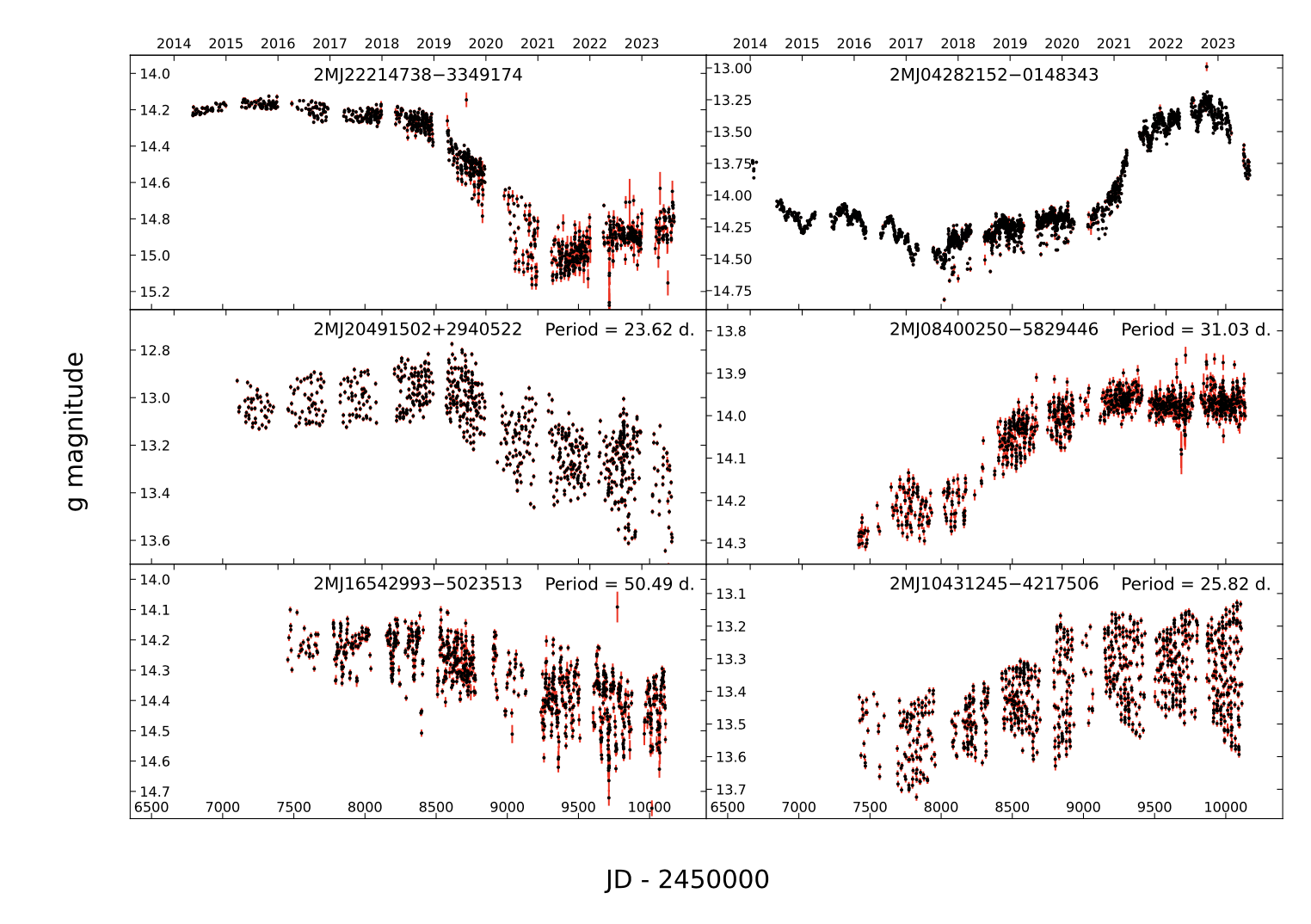
Not all those who wander are lost: Bhaskar and Perets on “Properties of Free Floating Planets Ejected through Planet-Planet Scattering” showing that 40-80% of planets are ejected (with small velocities), and that 5-10 planets per star can match the free floating planet population 🔭🪐 #astrodon
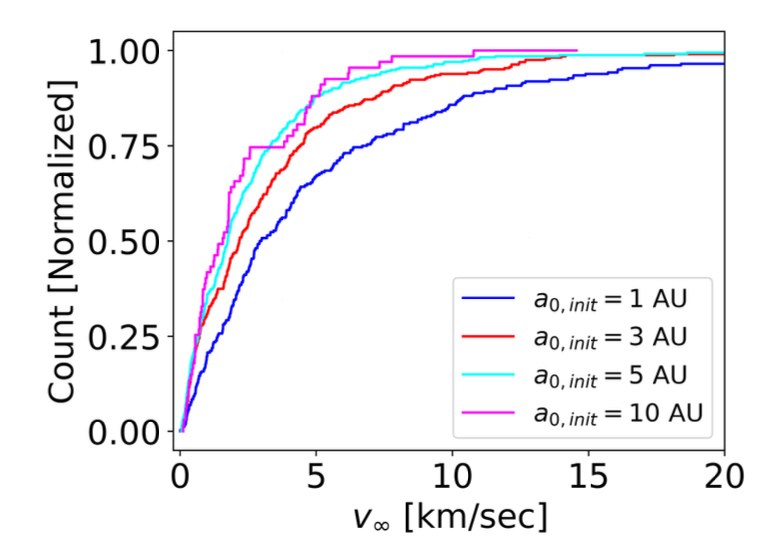
A summary of the DASCH project culminating in the DR7: Williams on “DASCH: Bringing 100+ Years of Photographic Data into the 21st Century and Beyond” - this project has brought online photographic plate photometry spanning over 100 years. Astounding, brilliant and tough work. 🔭🪐 #astrodon
Astonishing - intensity interferometry in your backyard! Mozdzen+ on “Intensity Interferometer Results on Sirius with 0.25 m Telescopes” with consumer Single Photon Avalanche Detectors. I’m genuinely amazed at what can be done - precision timing to hundreds of picoseconds(!) 🔭🪐 #astrodon
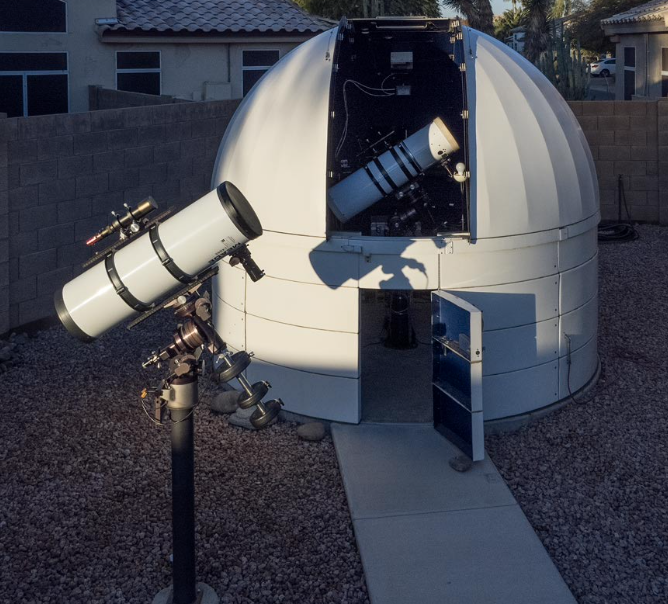
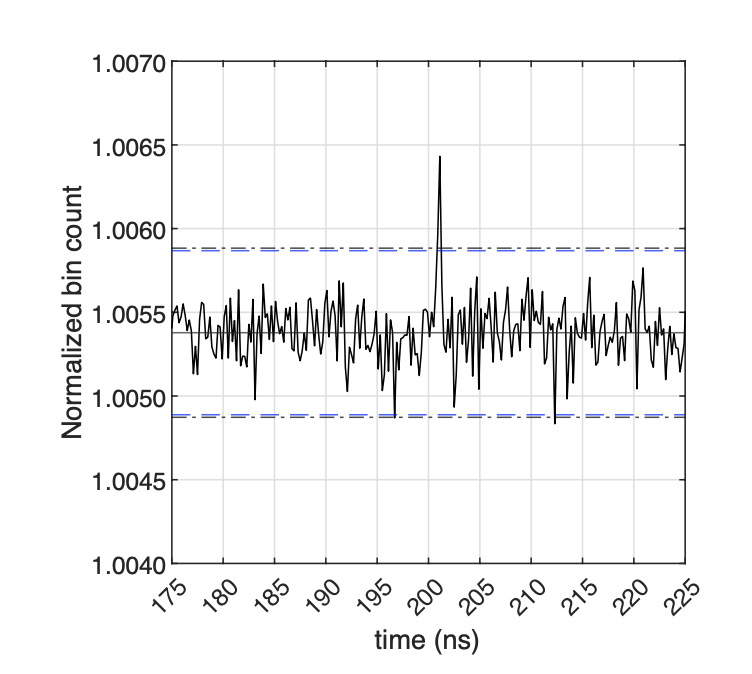
An unexpected rainbow after six weeks of almost unbroken cloud cover here in the Netherlands.
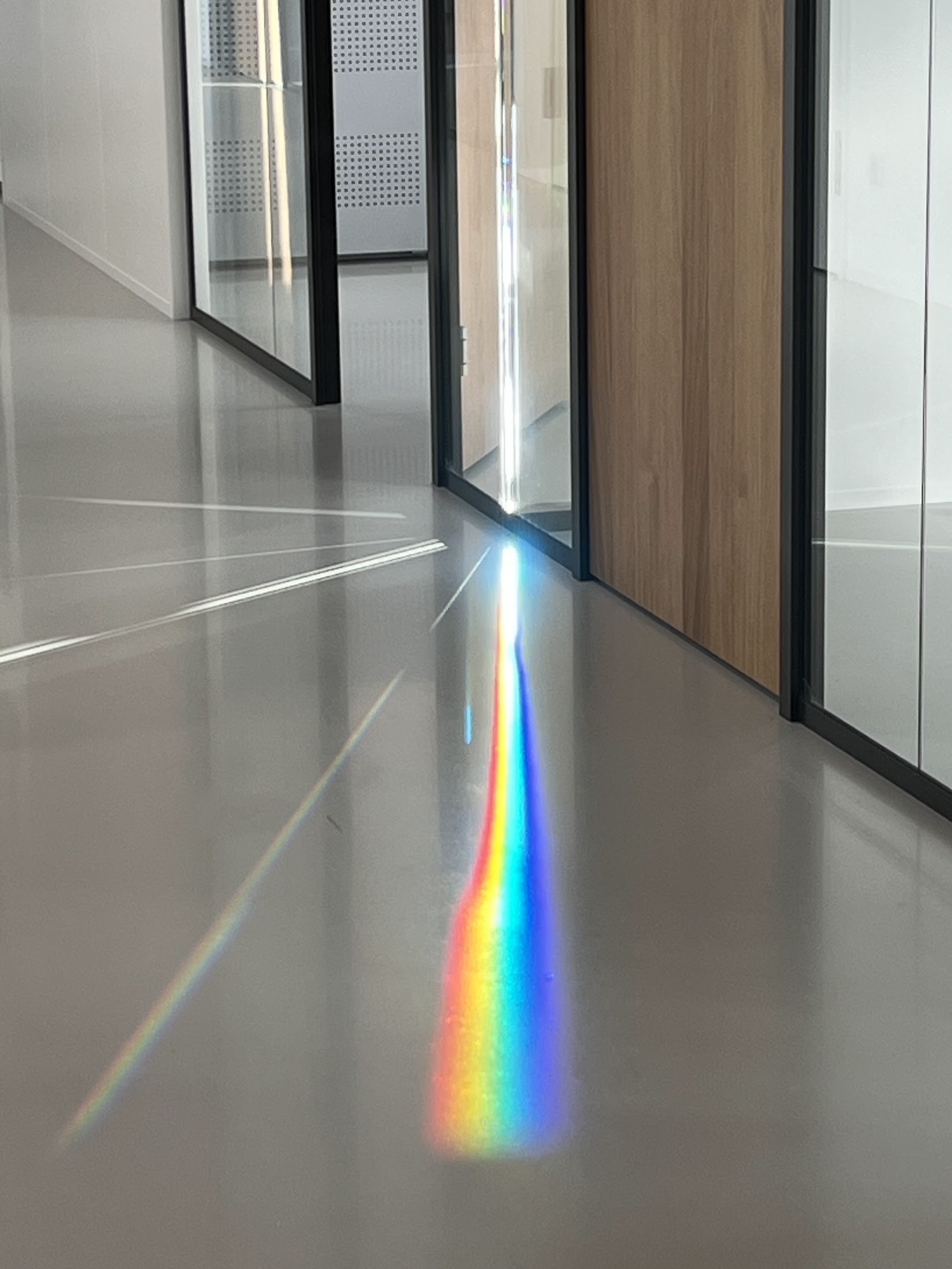
Hon, Rappaport et al. on “A Disintegrating Rocky Planet with Prominent Comet-like Tails Around a Bright Star” with an orbital period of 1.27 days, this is a fascinating fourth example of this type of object. The eclipses vary from one orbit to another. 🔭🪐 #astrodon
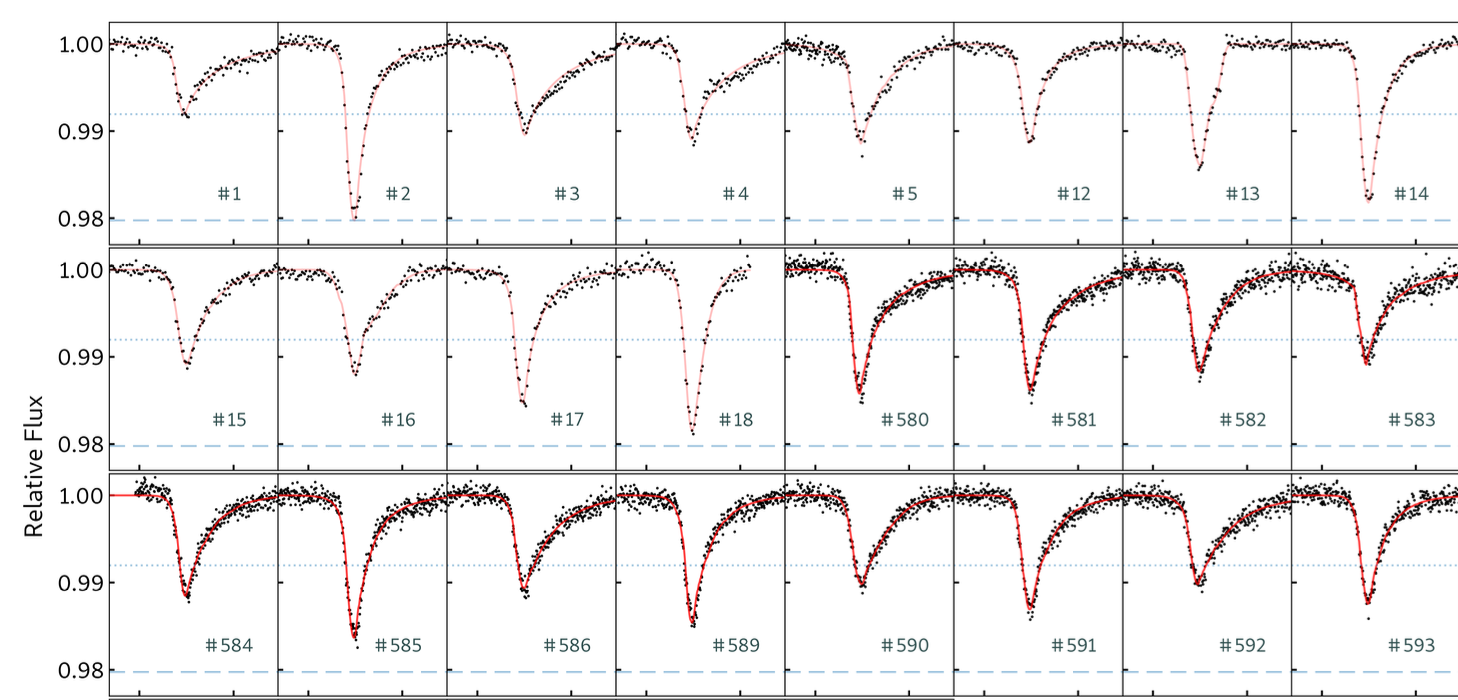
Is there another massive exoplanet in the Beta Pic system? Lacquement+ on “Dynamics of the Beta Pictoris planetary system and possibility of an additional planet” show that the two known planets cannot sculpt the current circumstellar disk, but an additional one (or two) planets can! #astrodon 🔭🪐
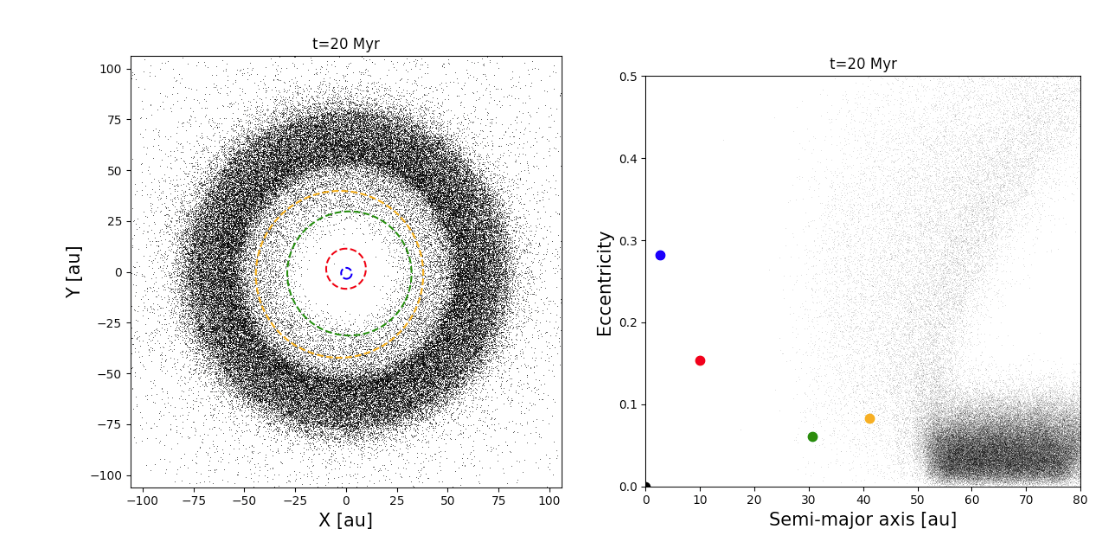
Happy Perihelion Day! The Earth’s orbit is slightly elliptical, and today is when the Earth is closest to the Sun. I also had a clear shot of the Dutch/NATO communications bunker near our house, which earned a 500kt nuclear device on Russian bombing maps in case of World War III :) 🔭🪐 #astrodon

Happy Arbitrary Time Change Day! May you have good times with friends and family in the next 31 and a half million seconds :)
